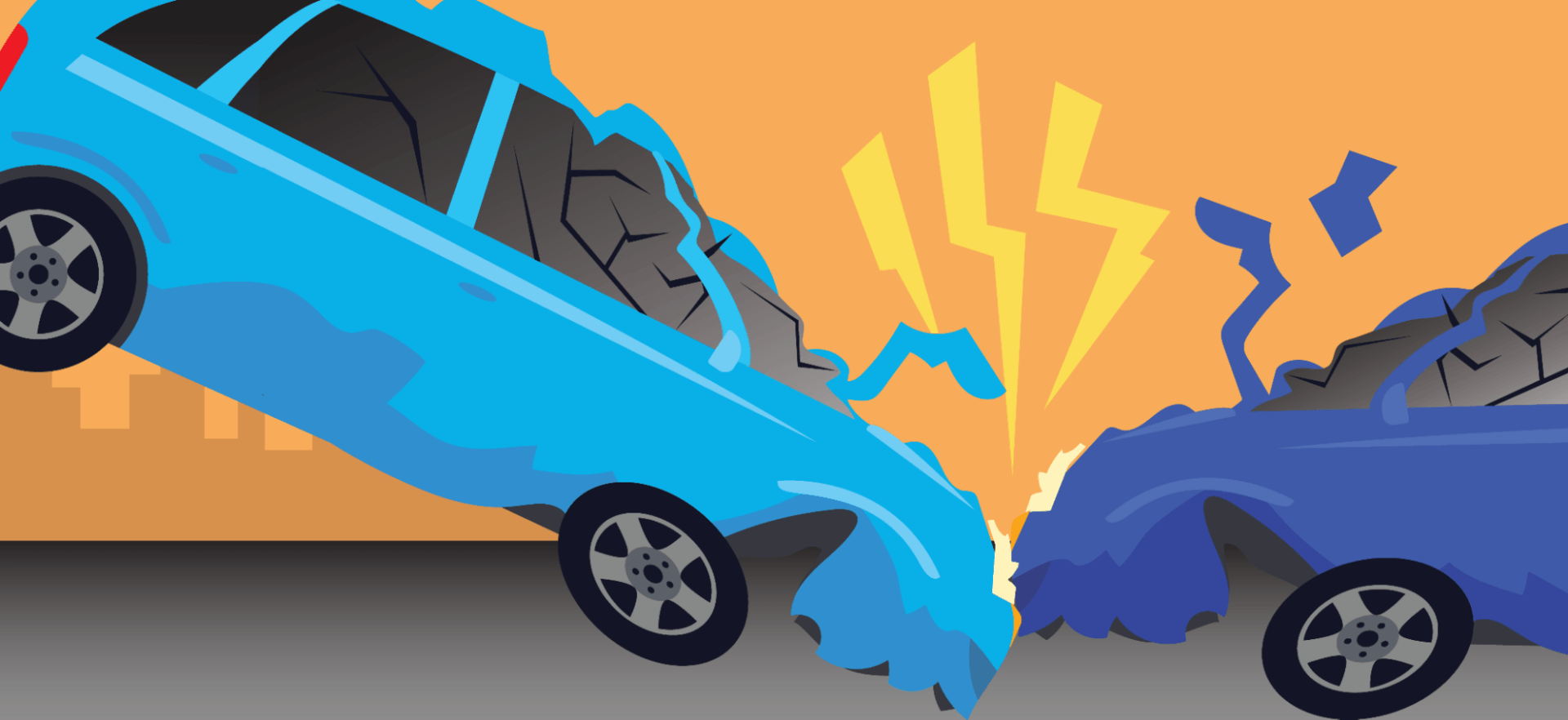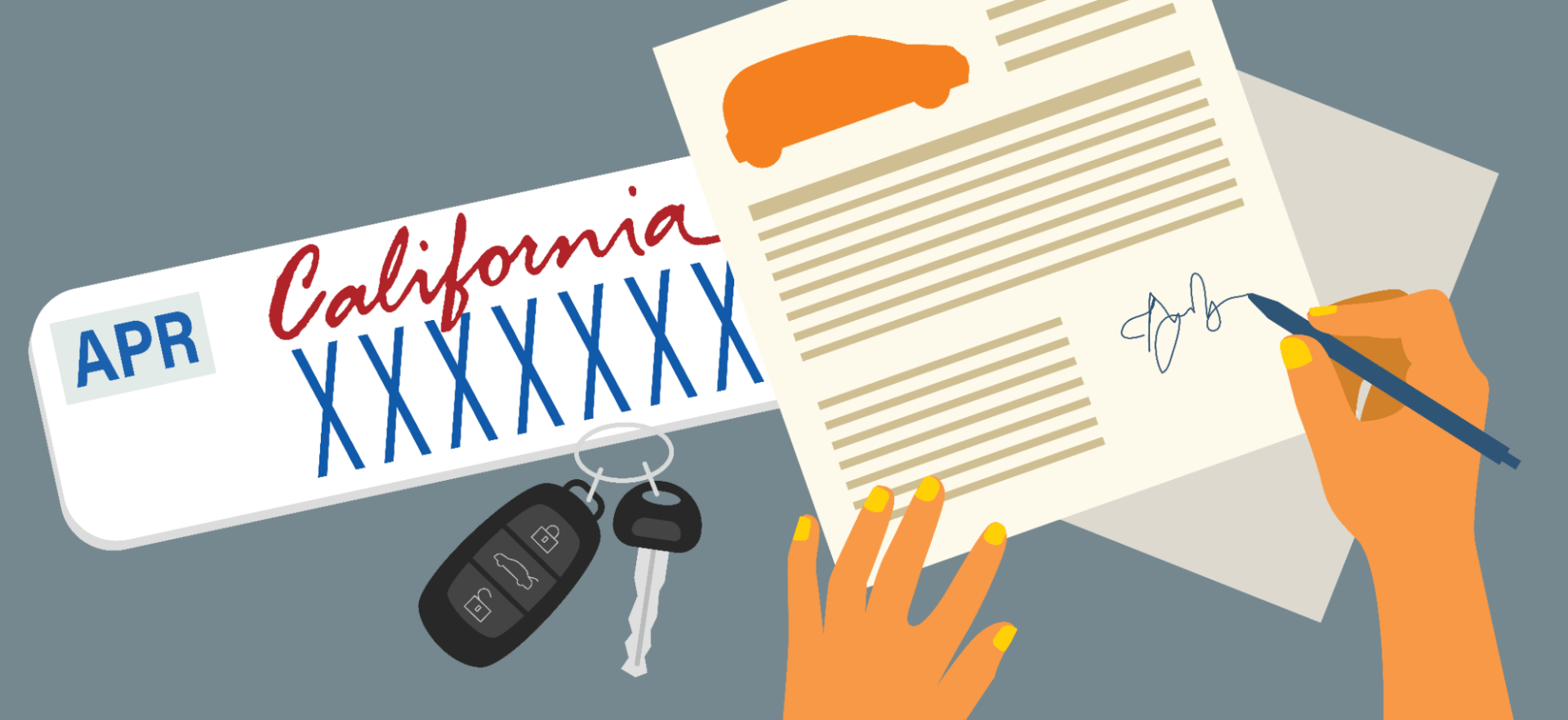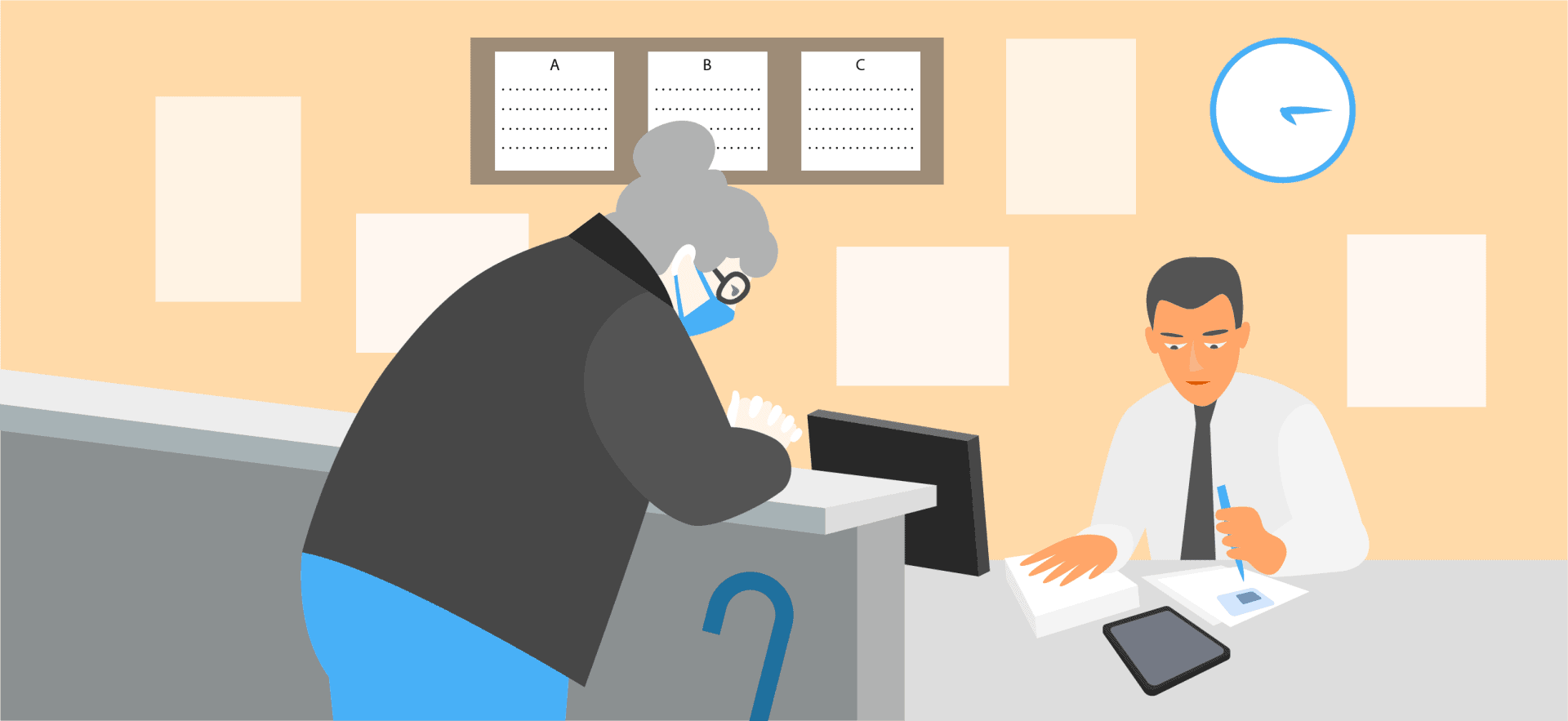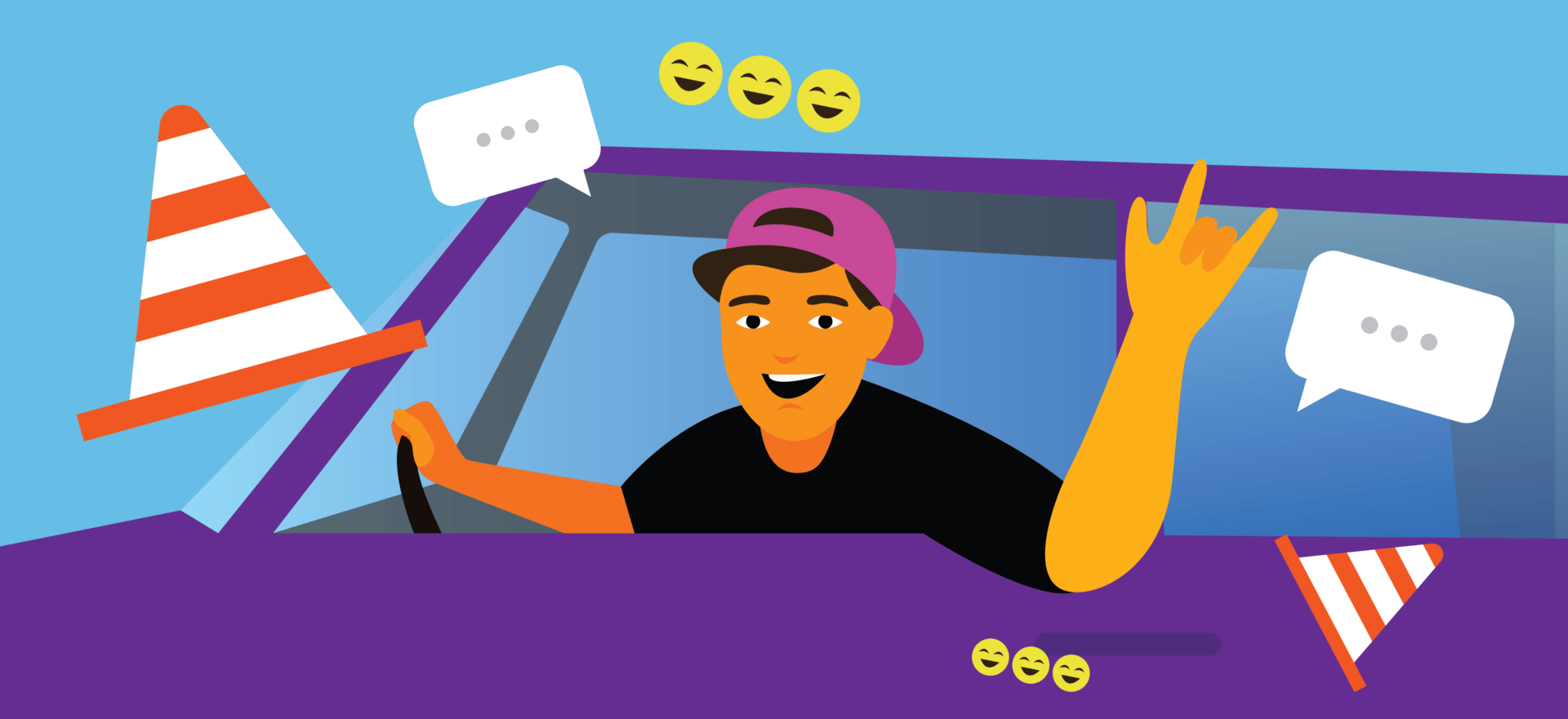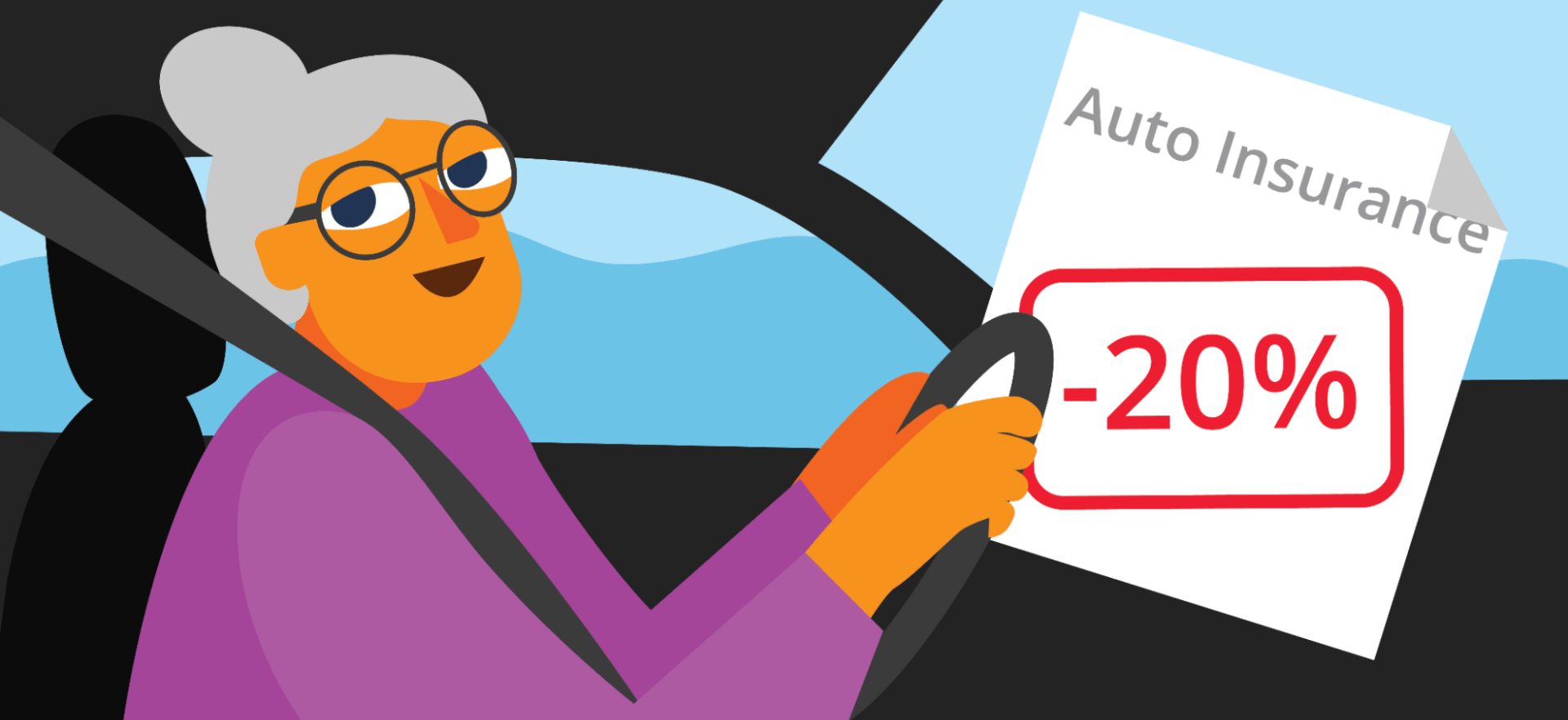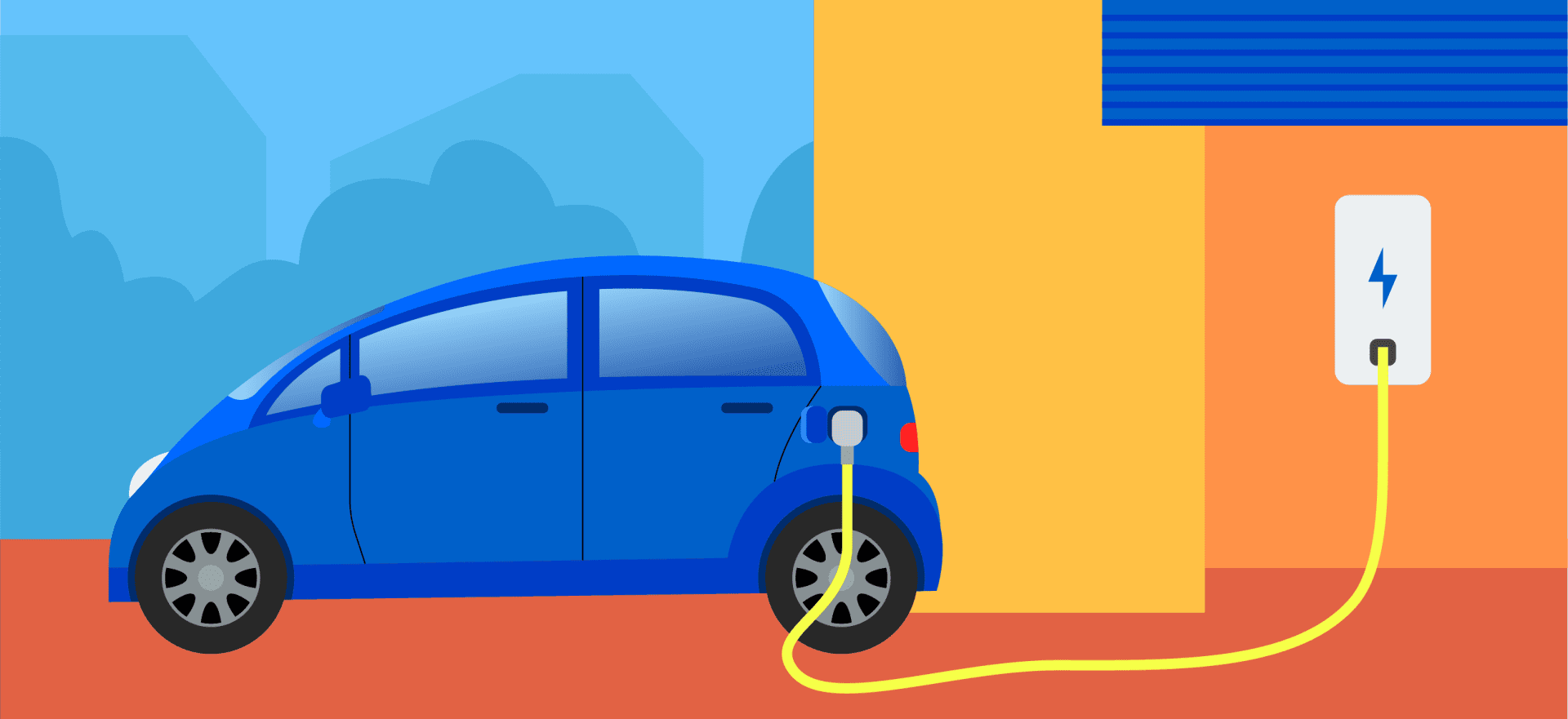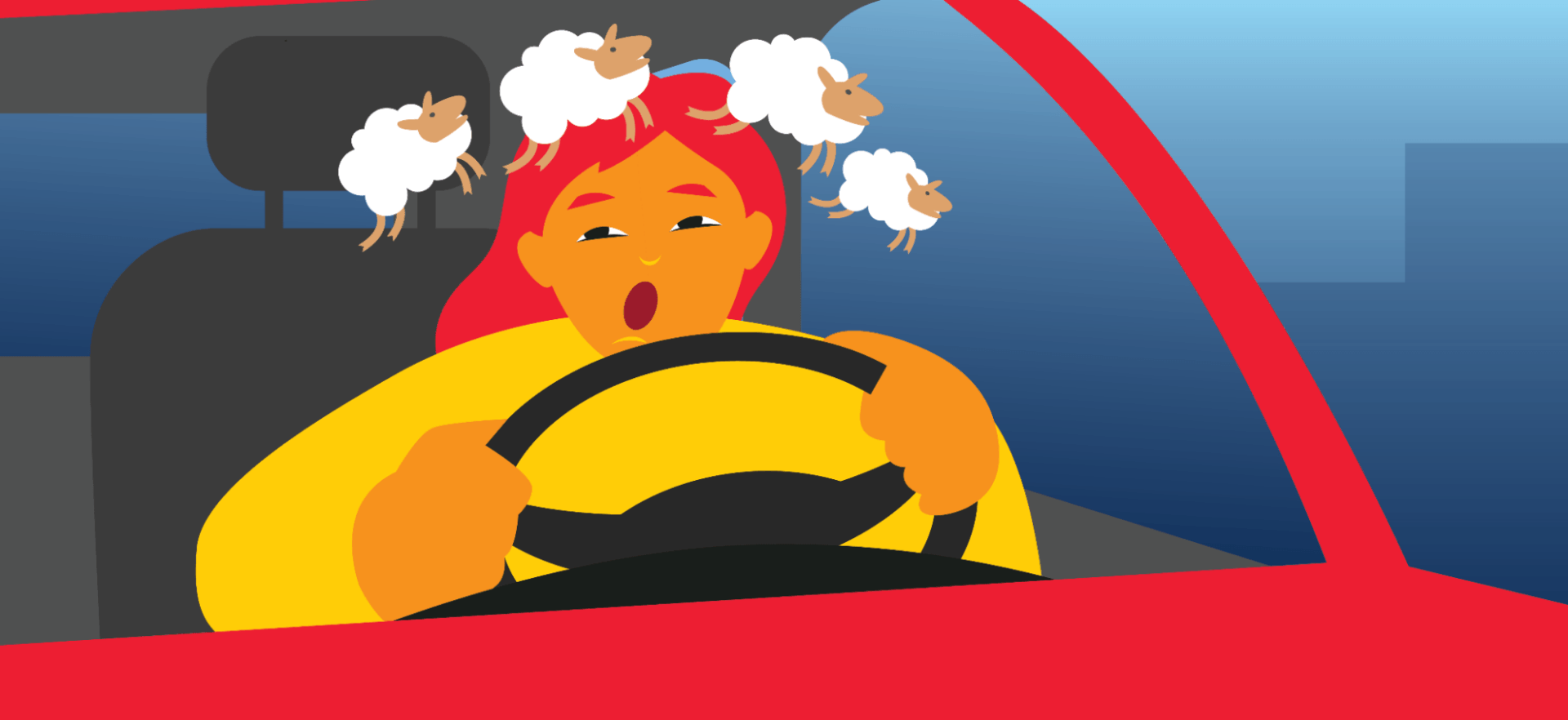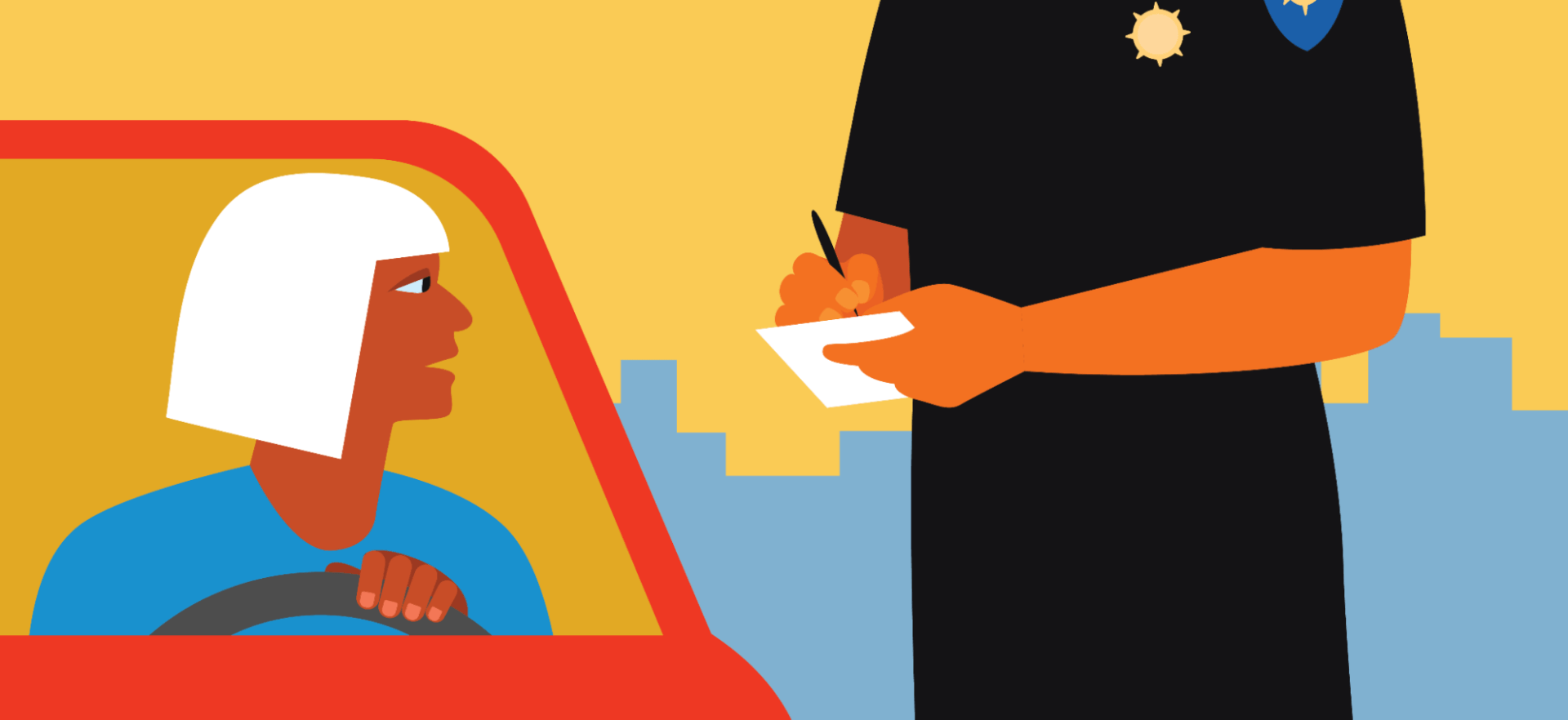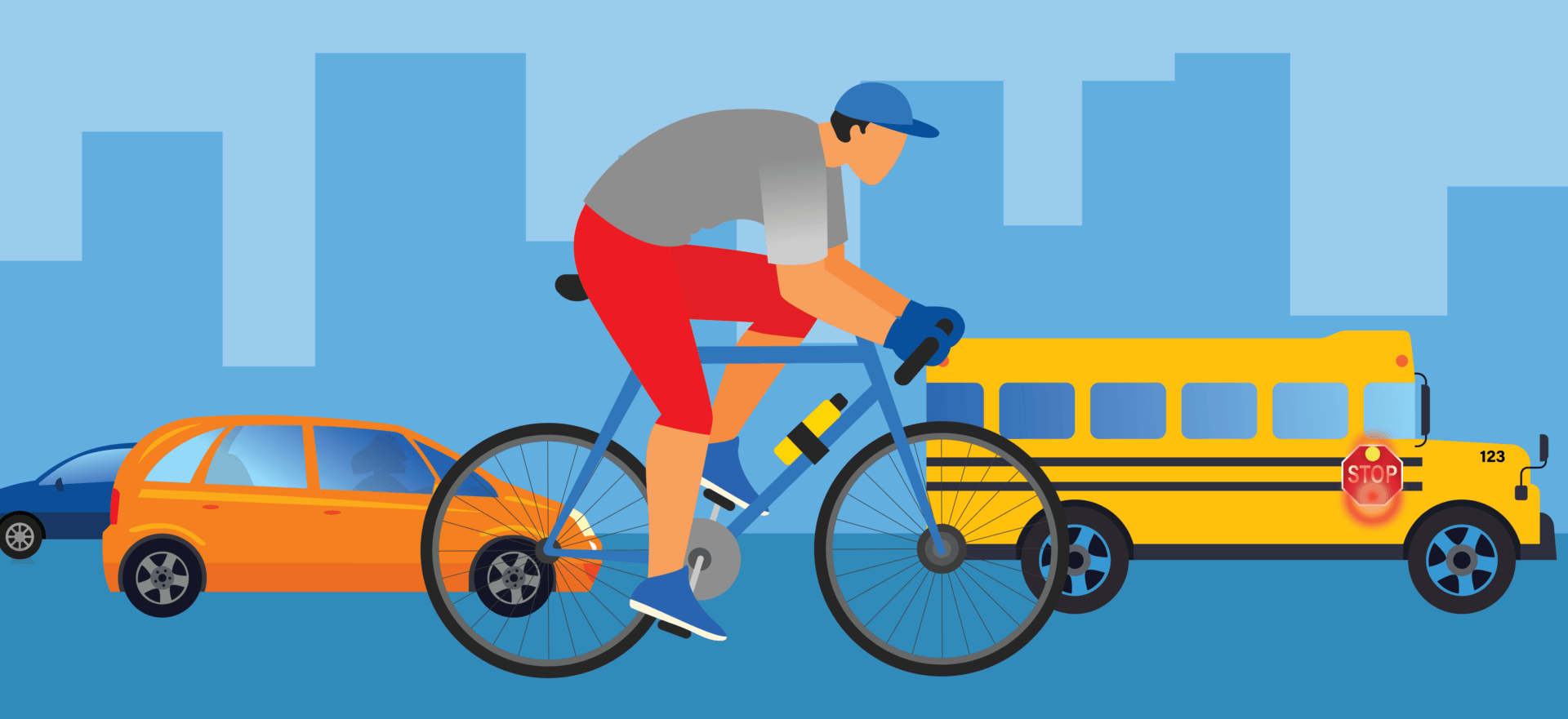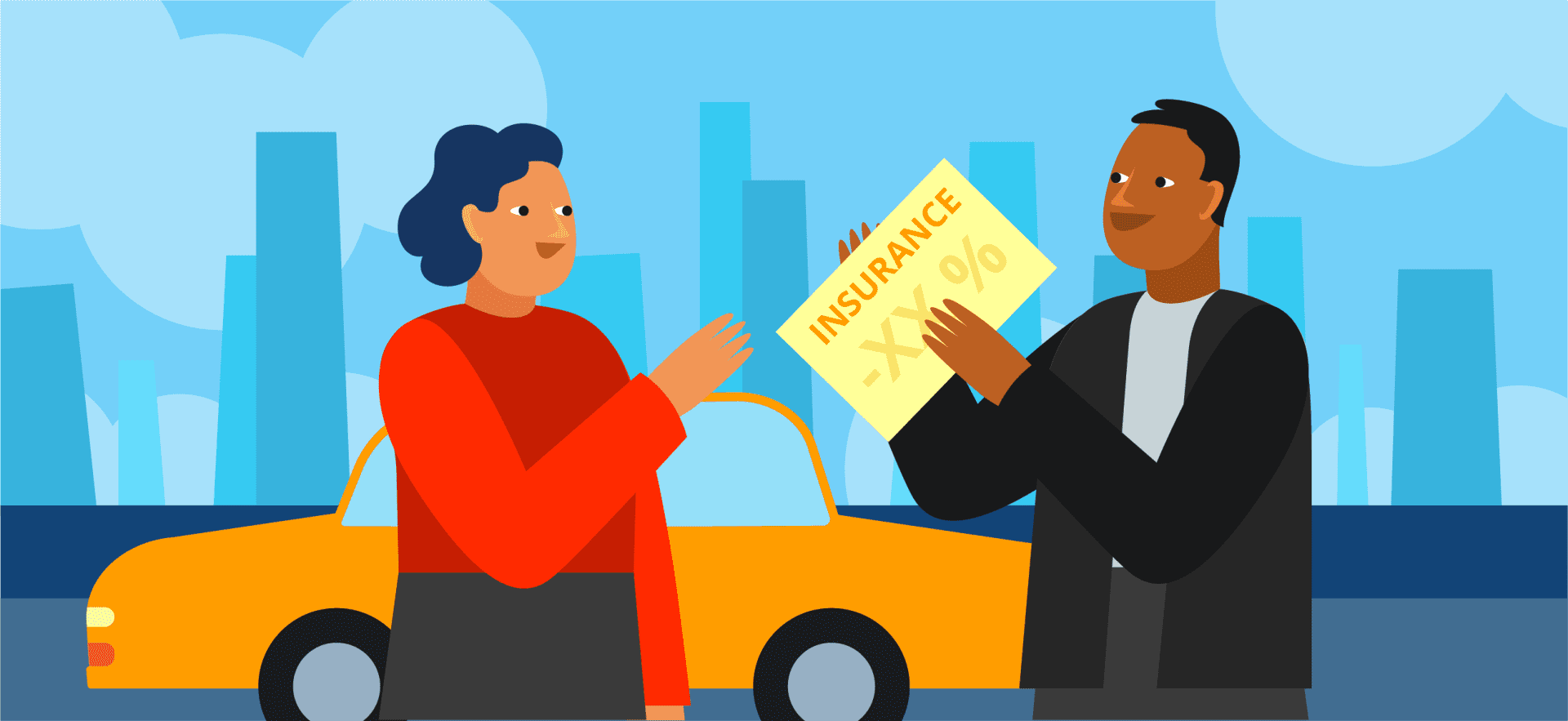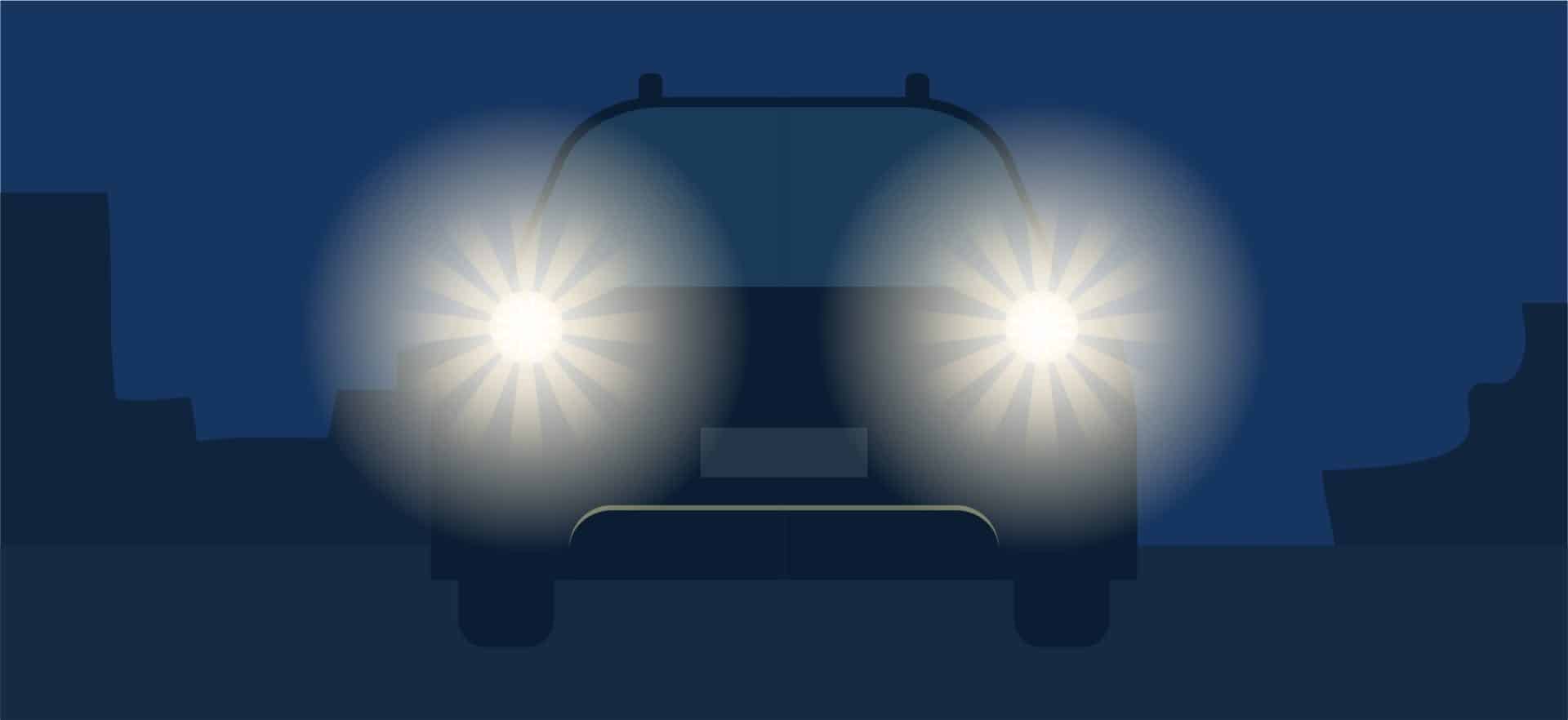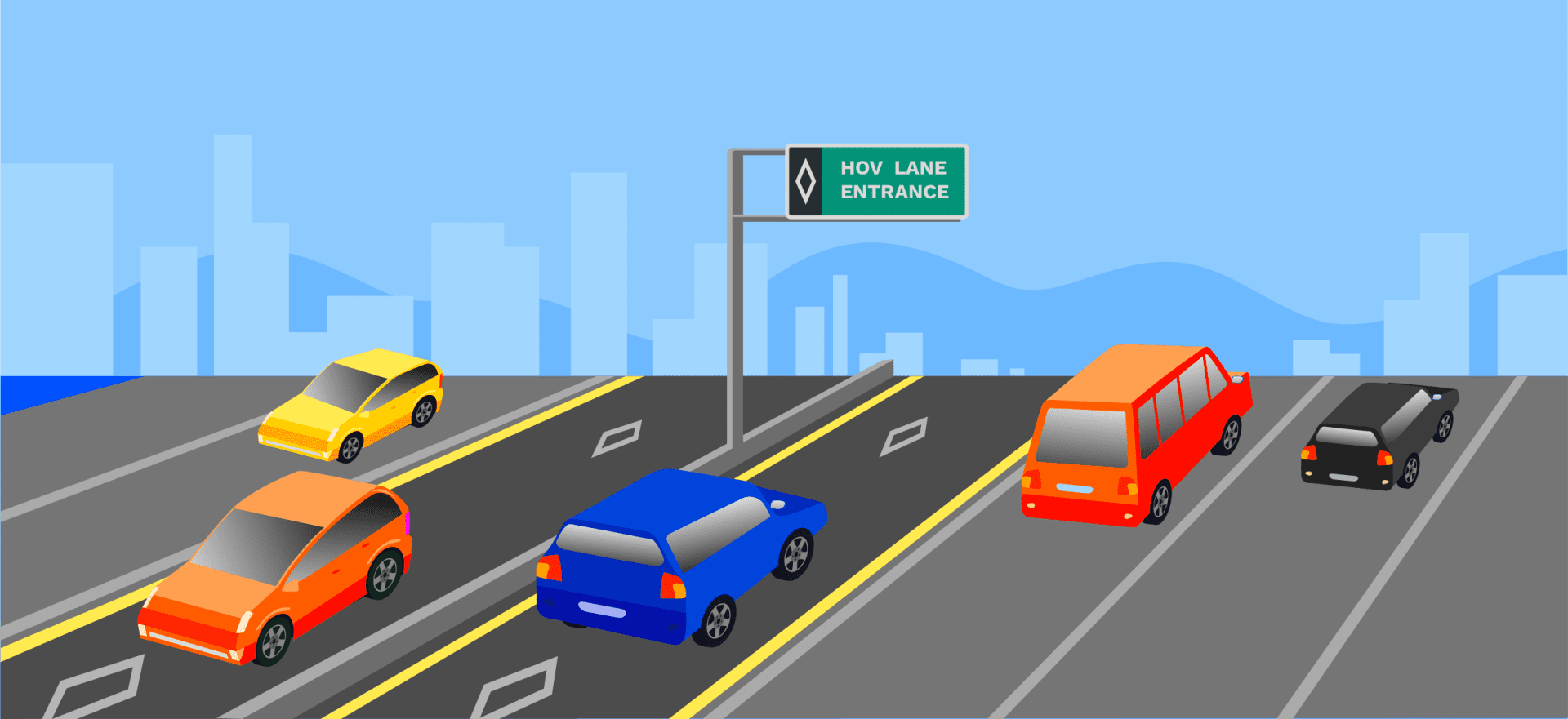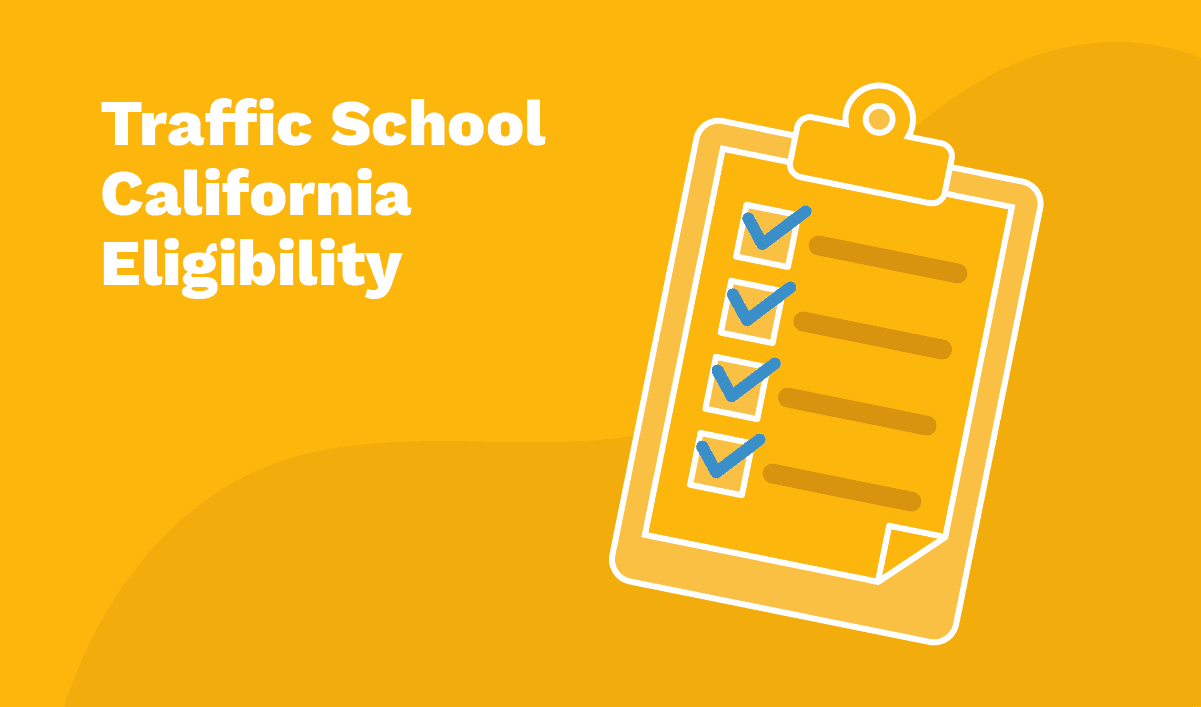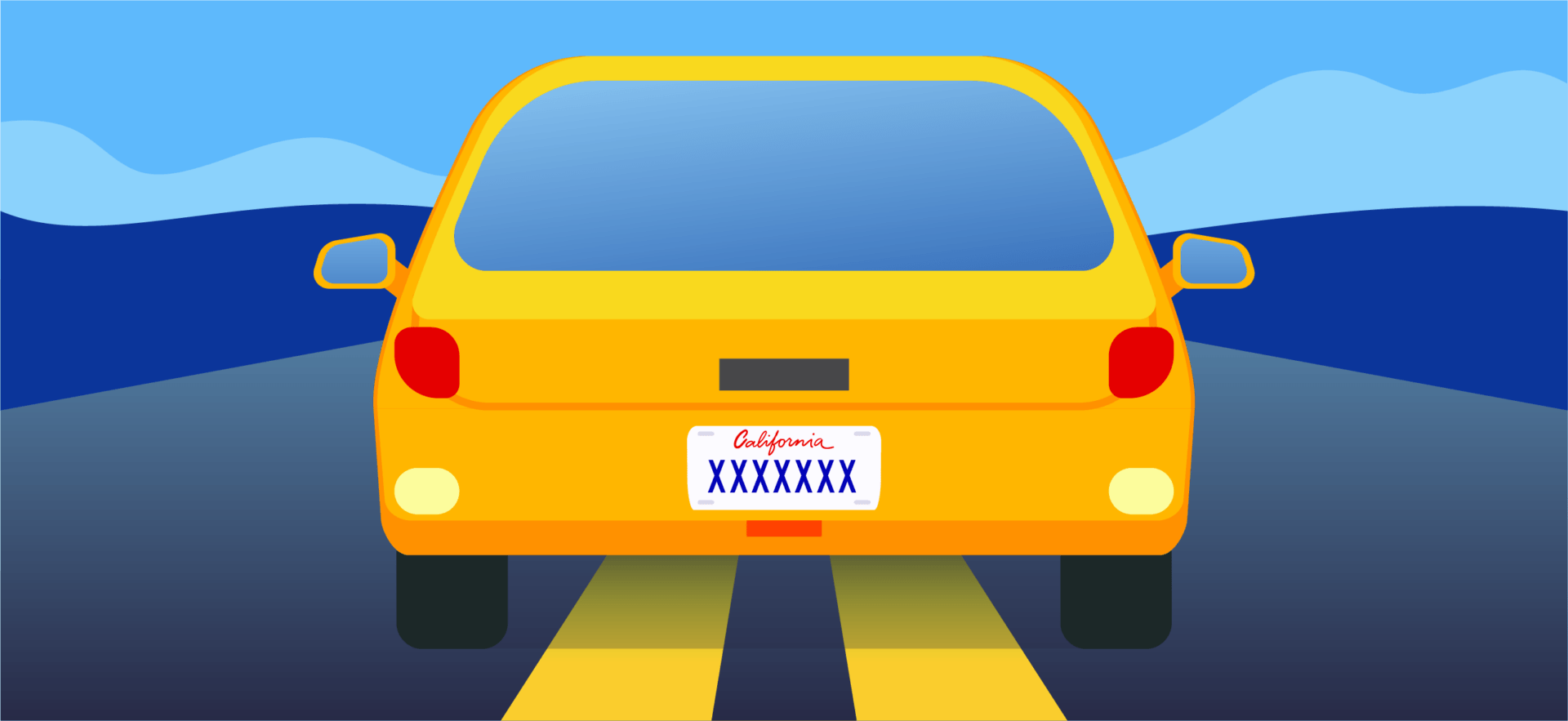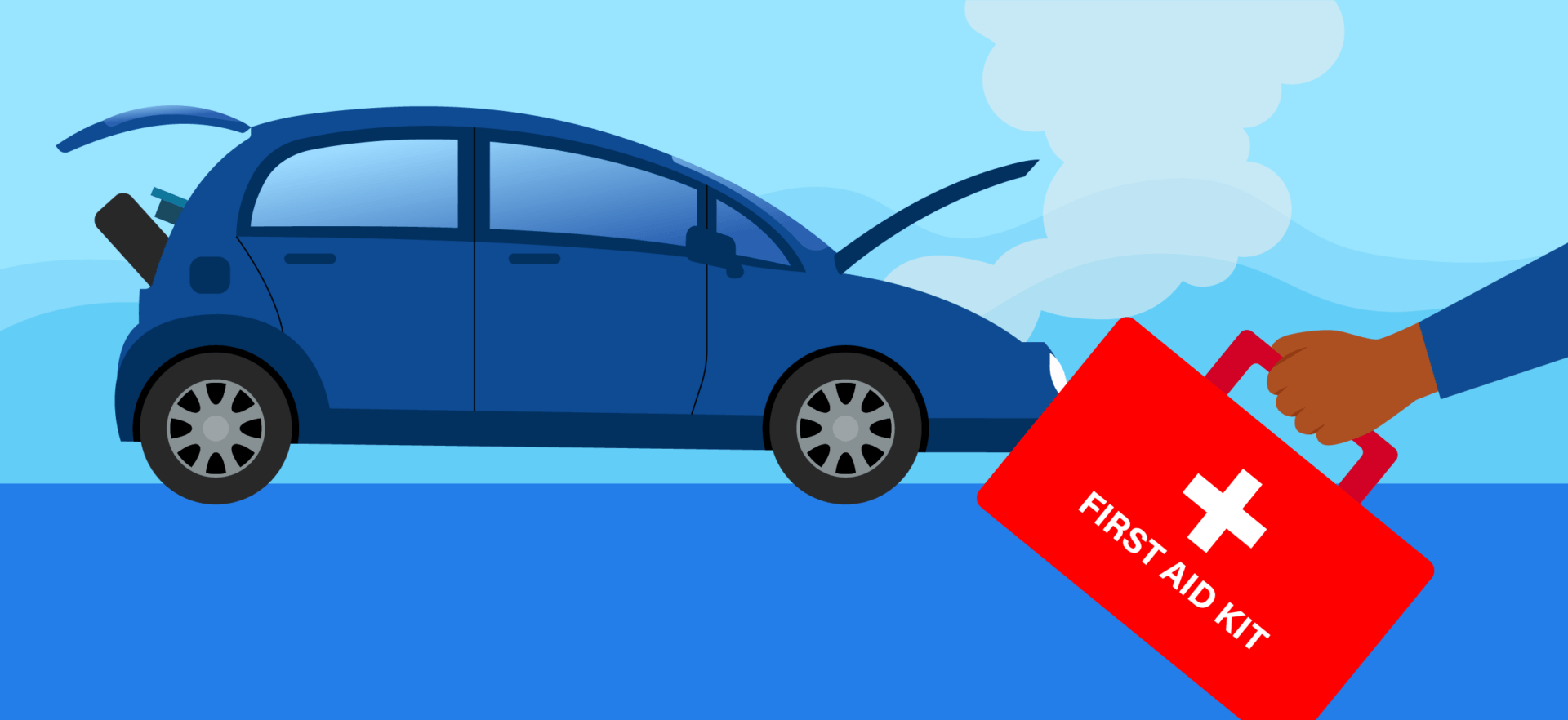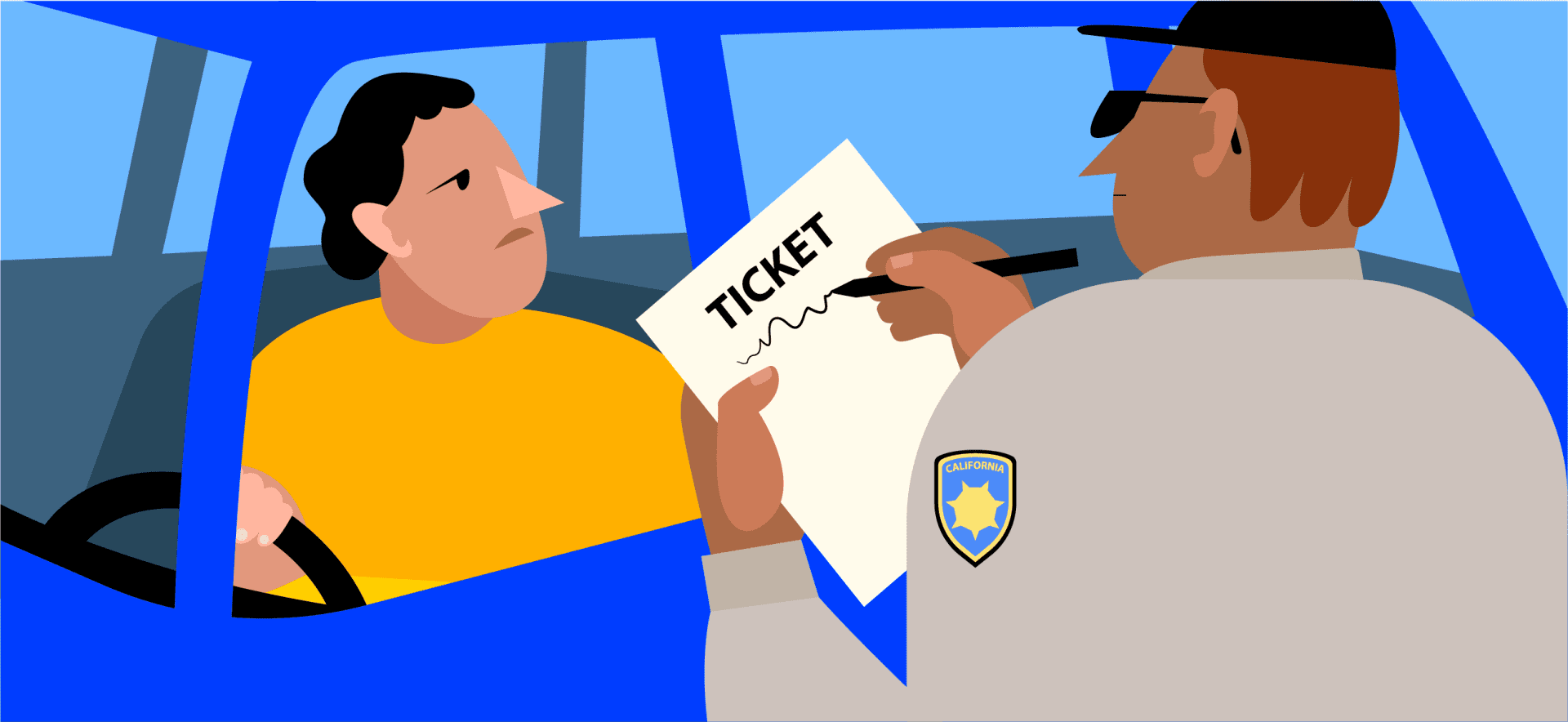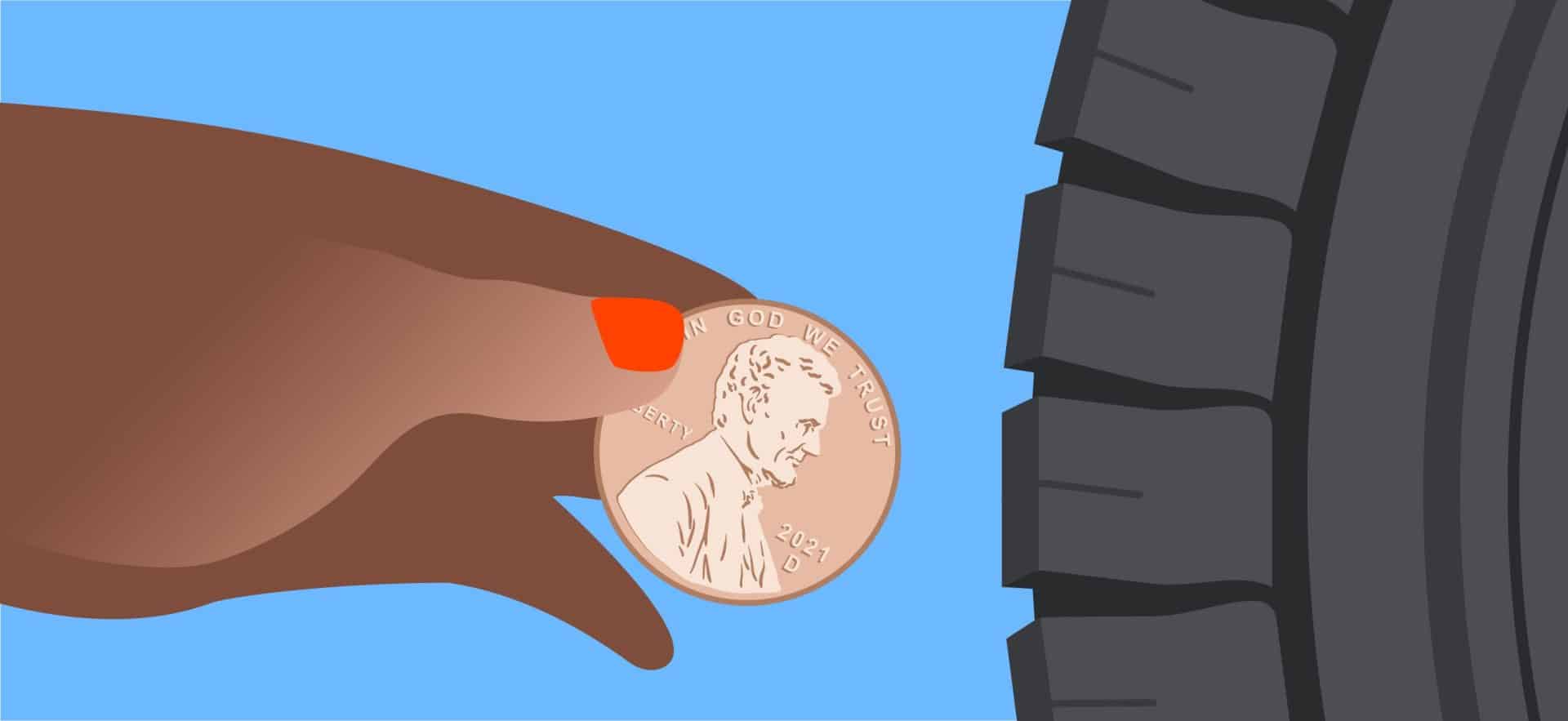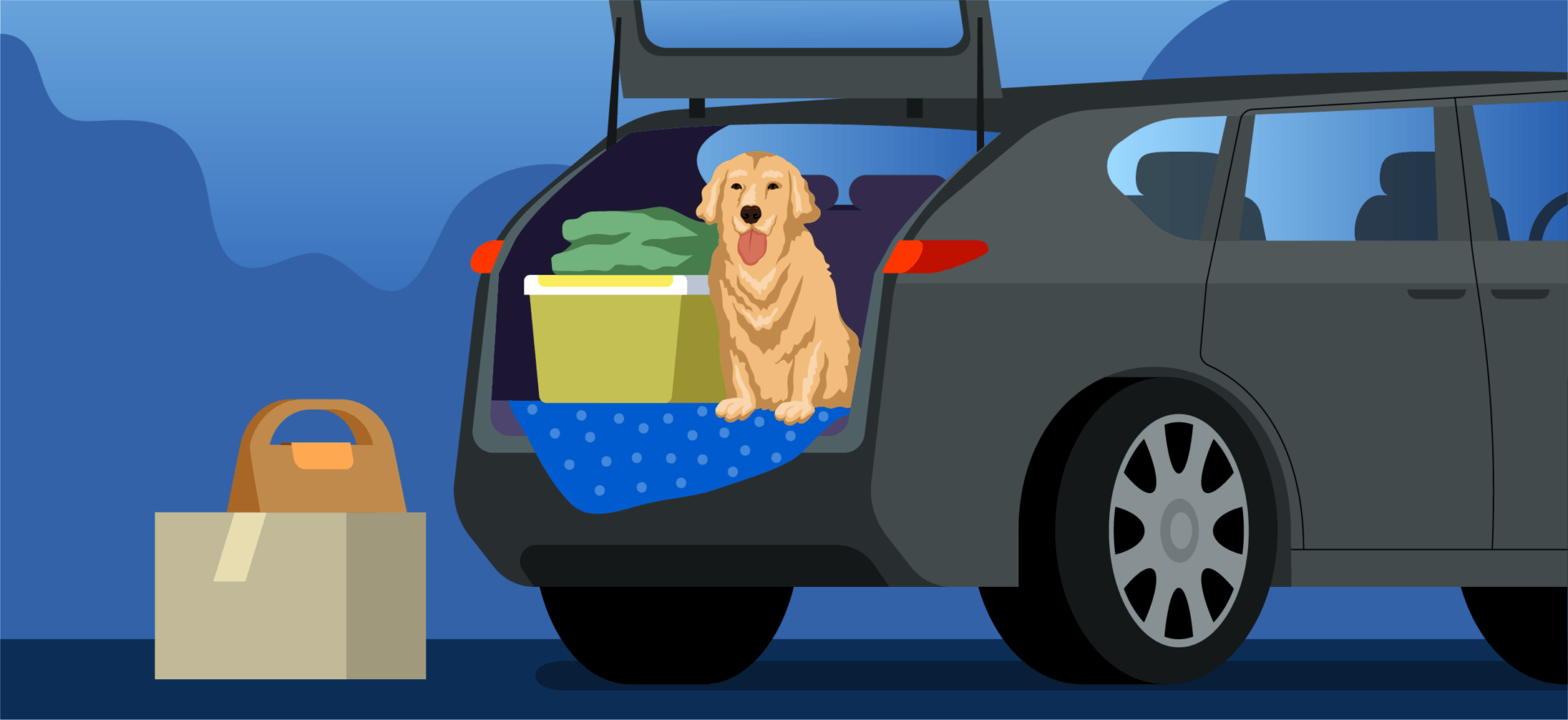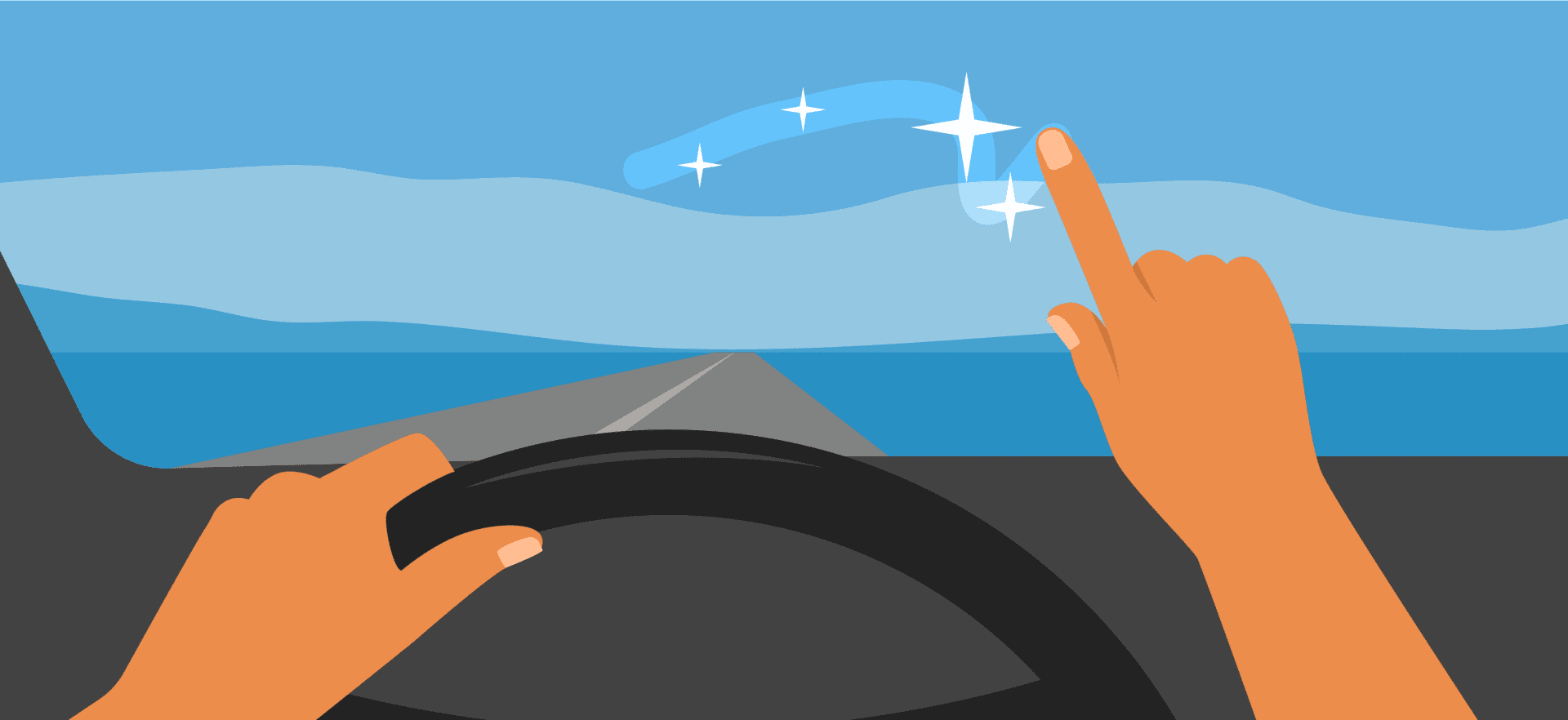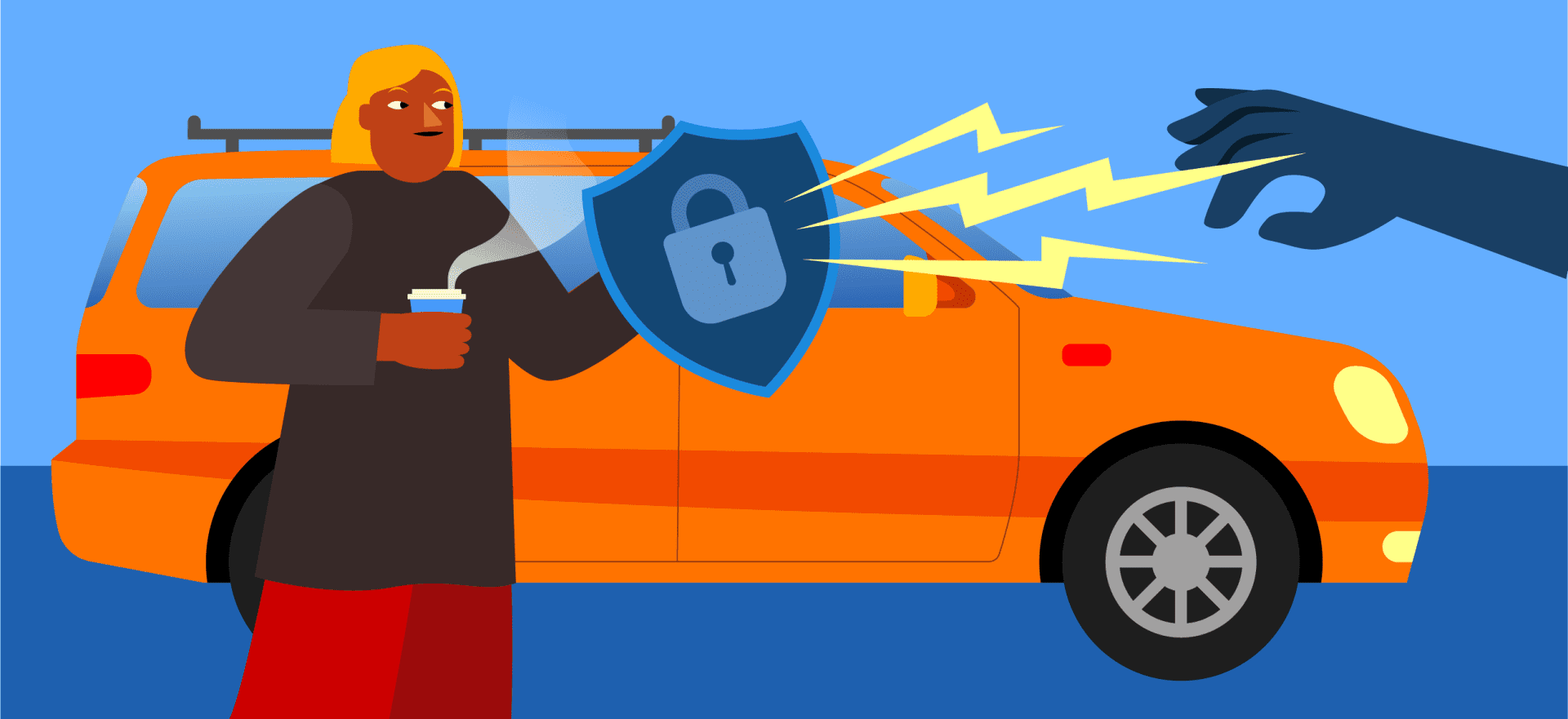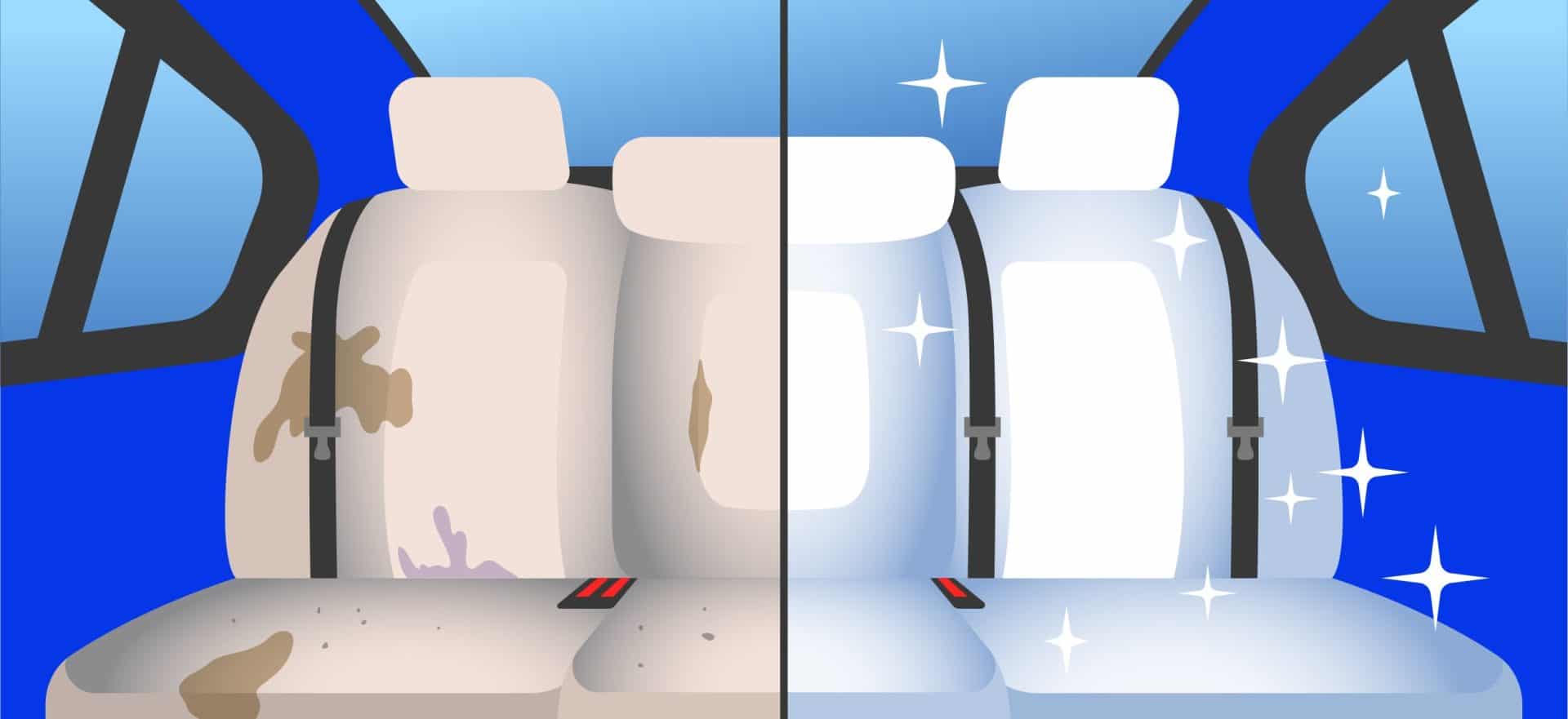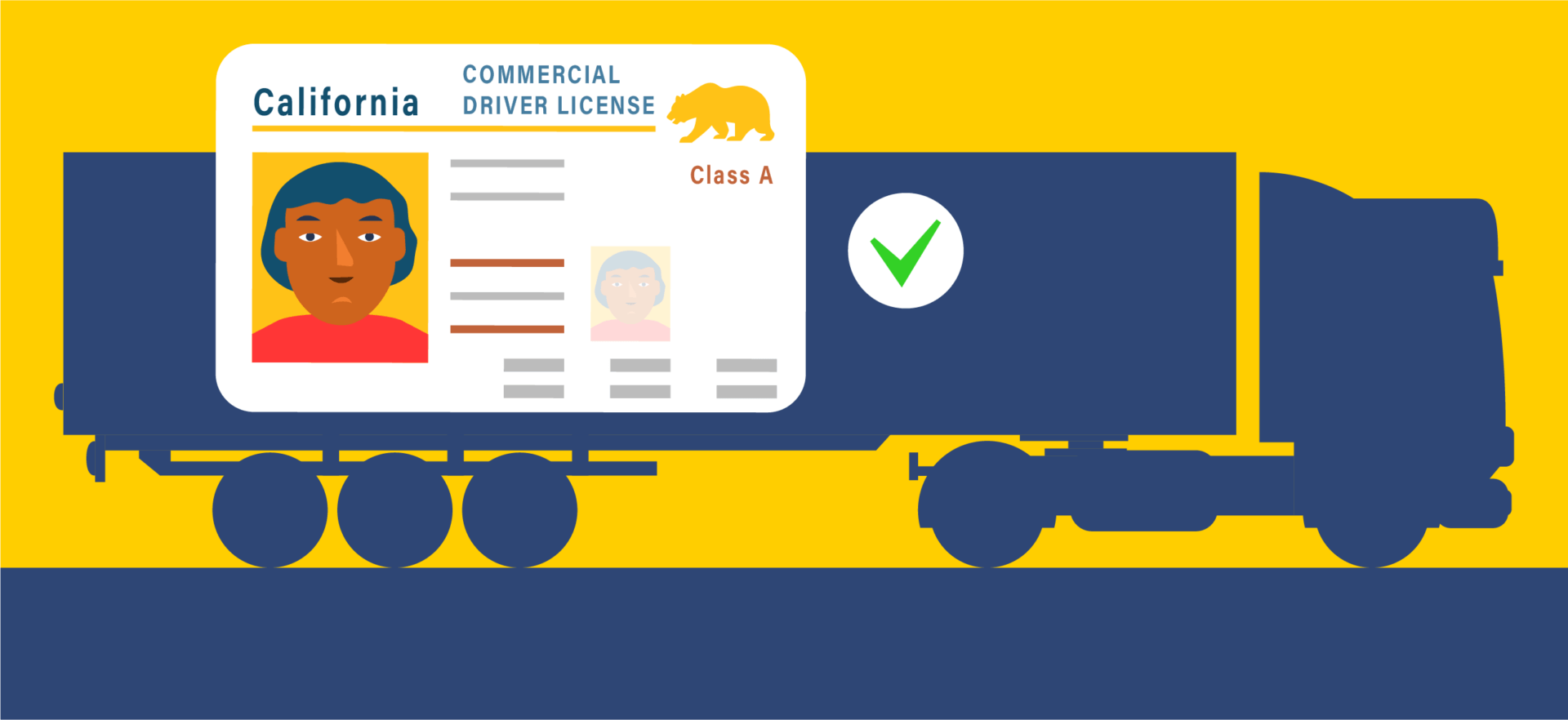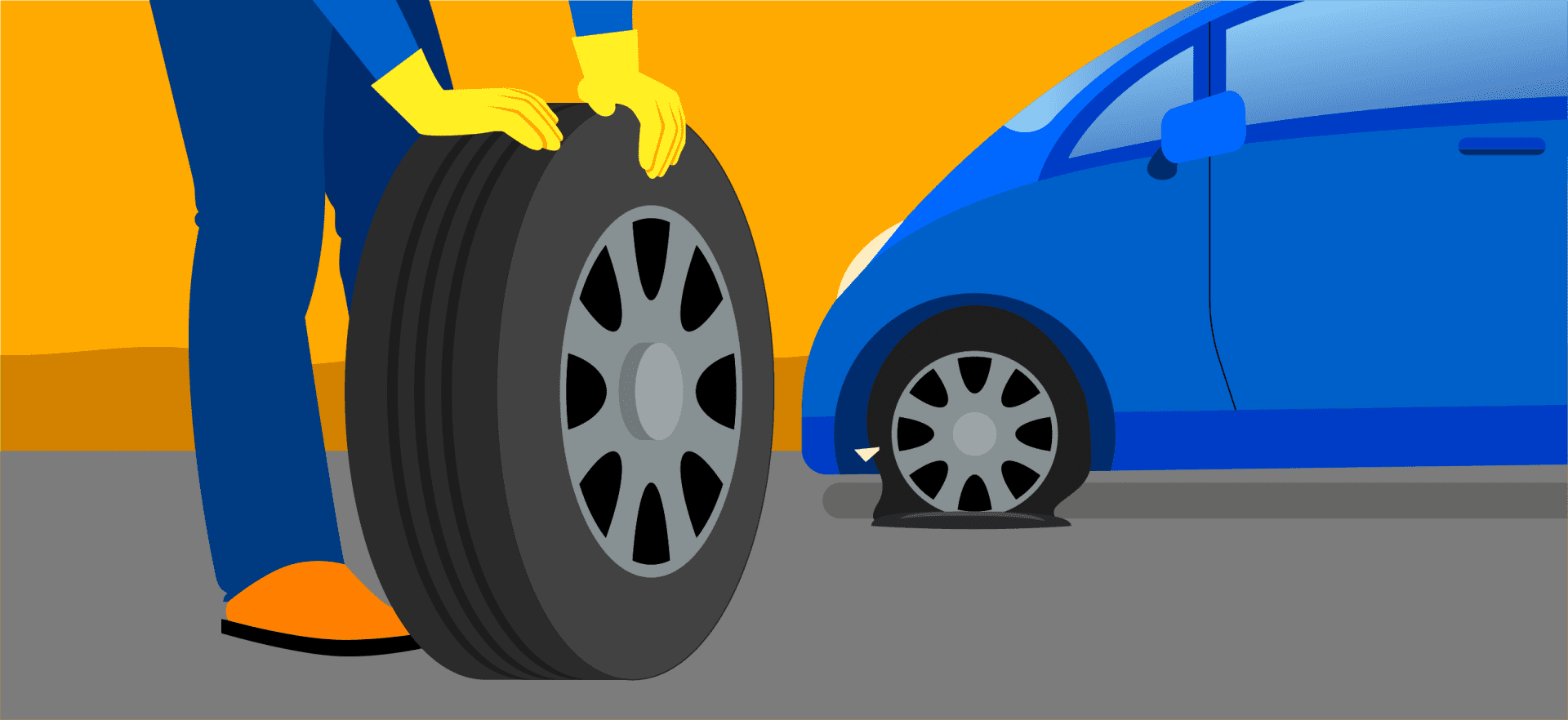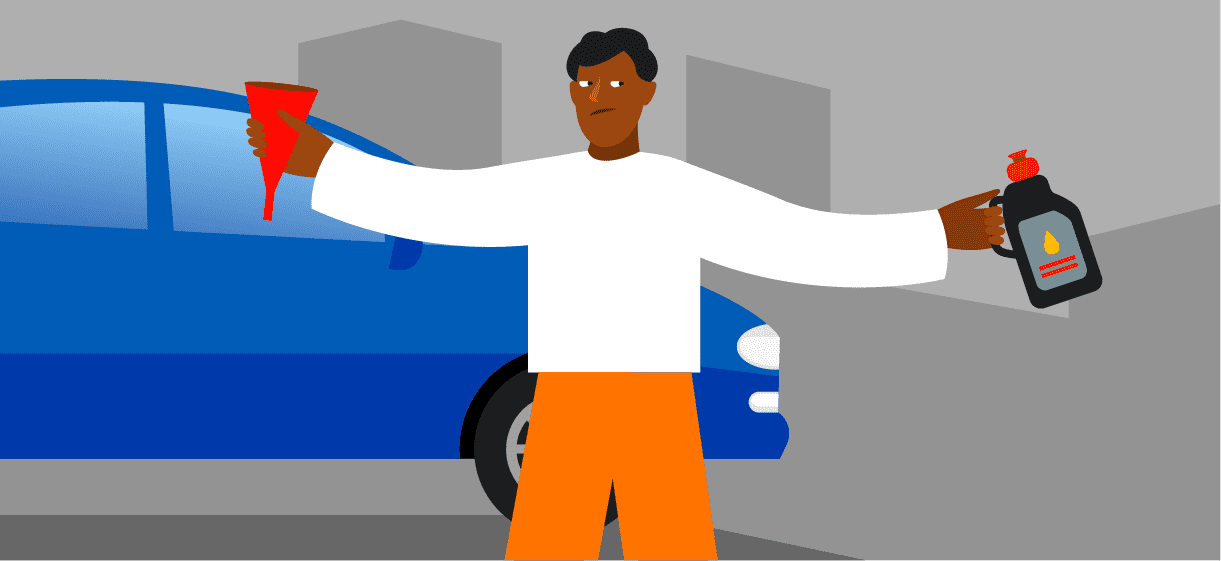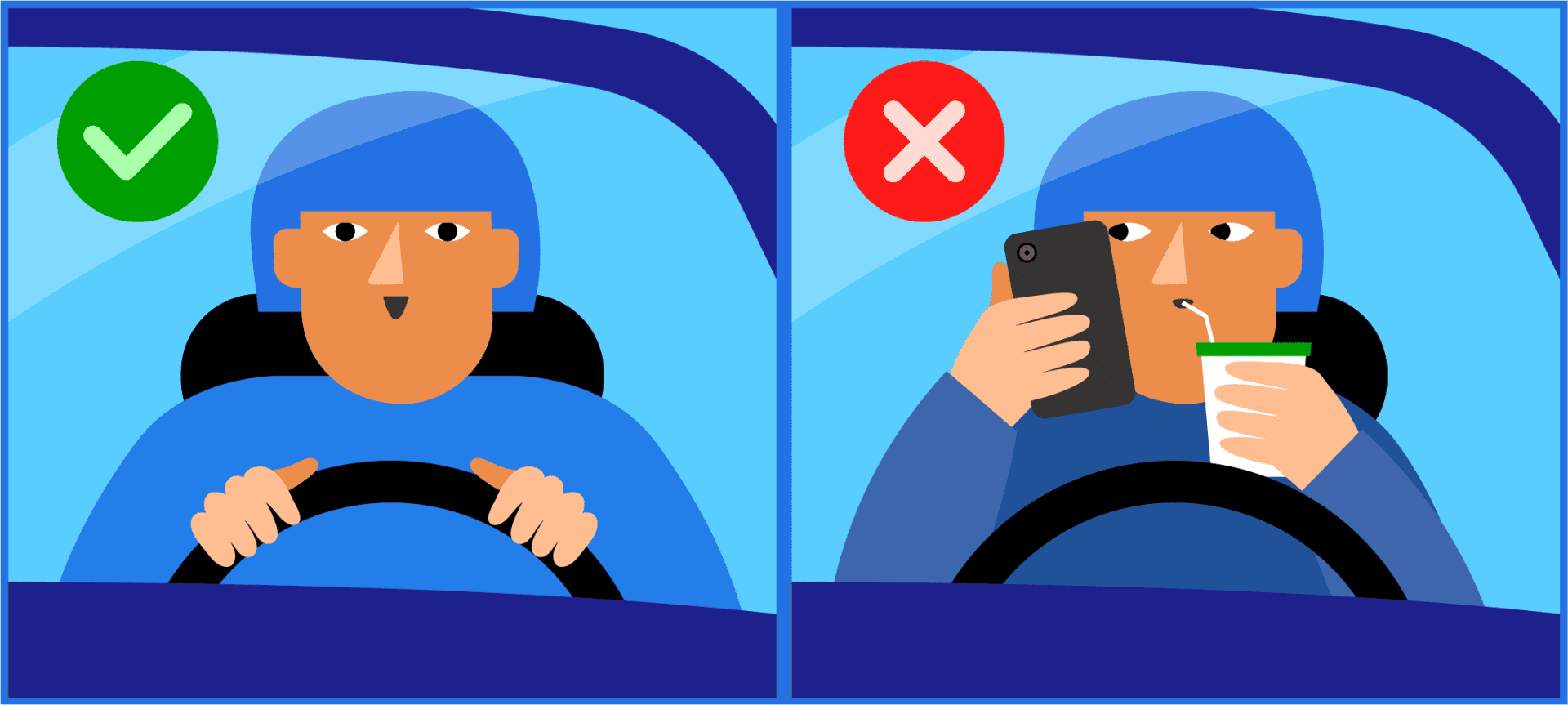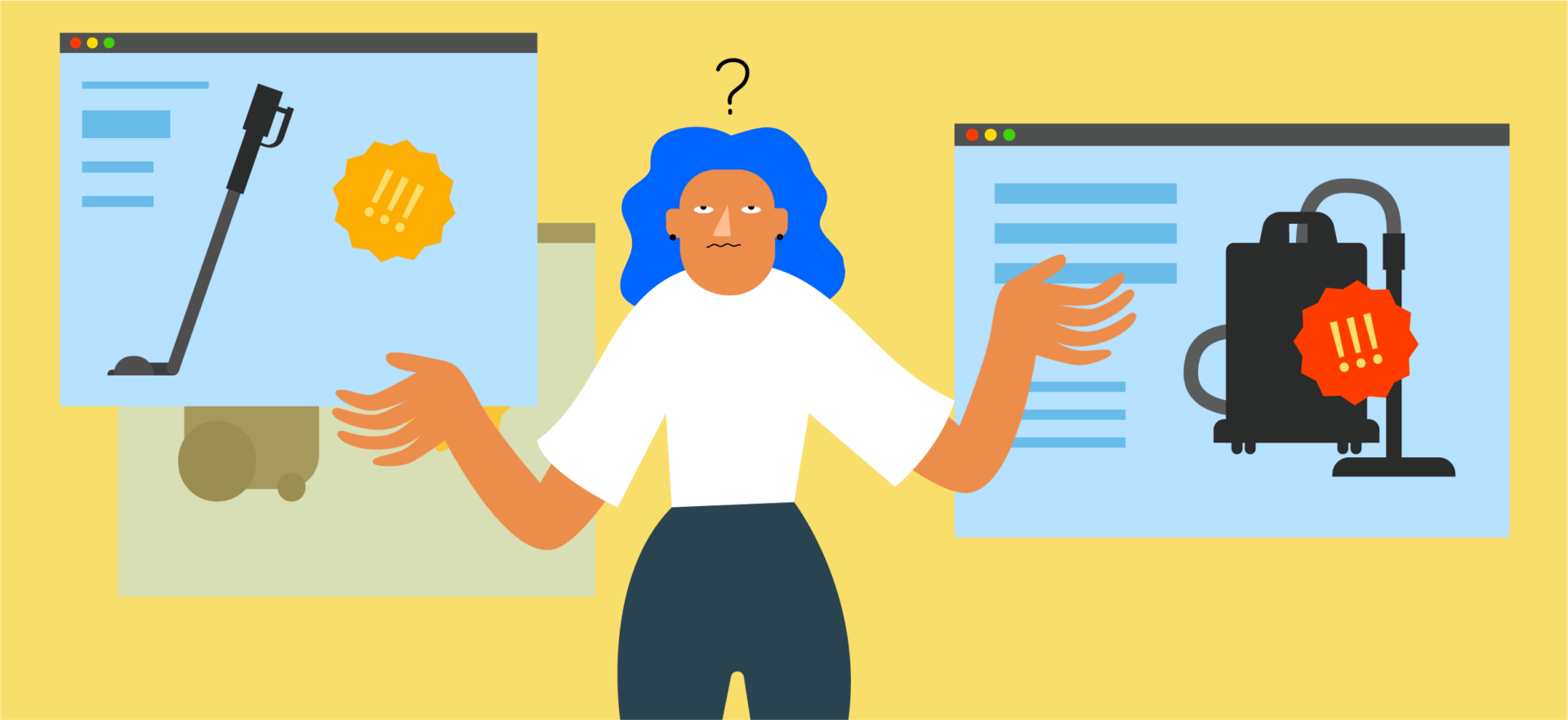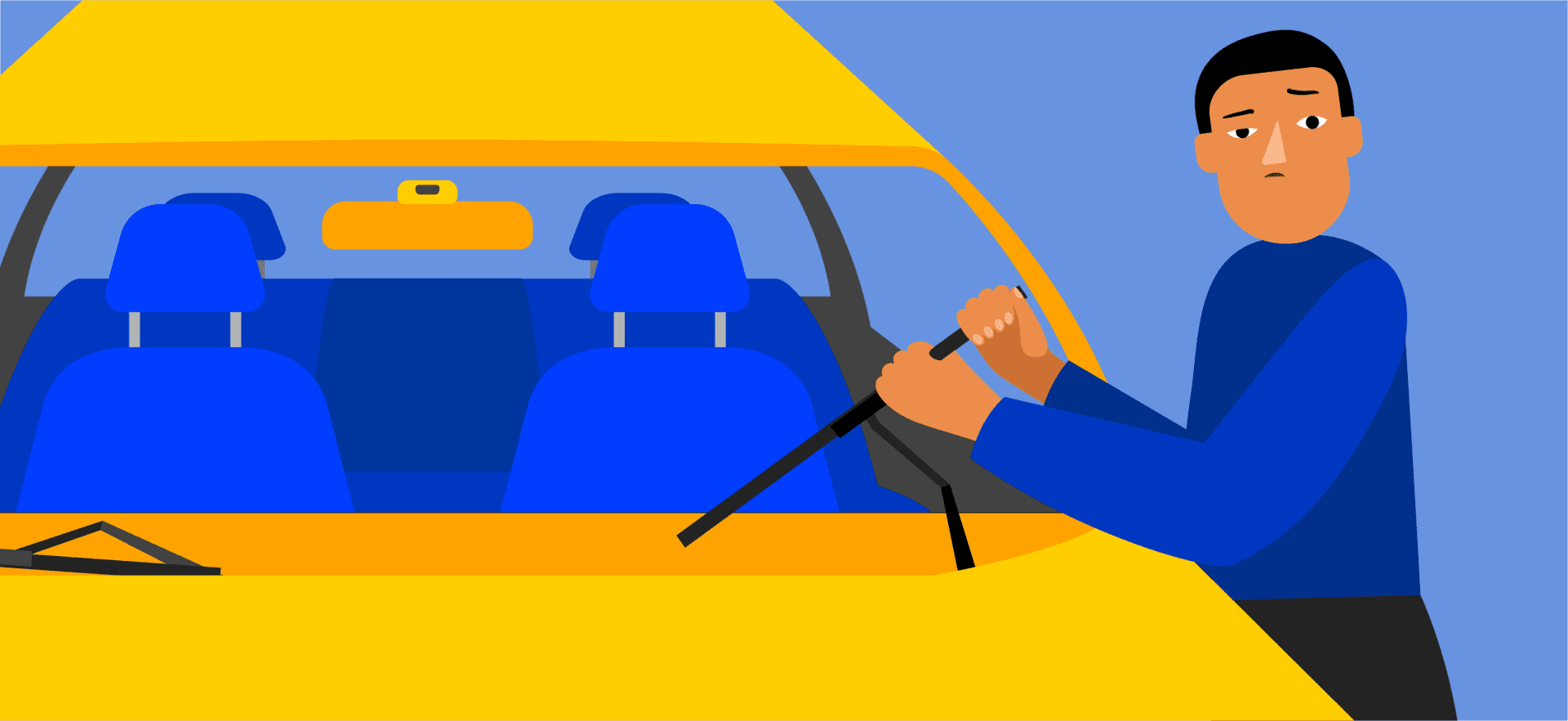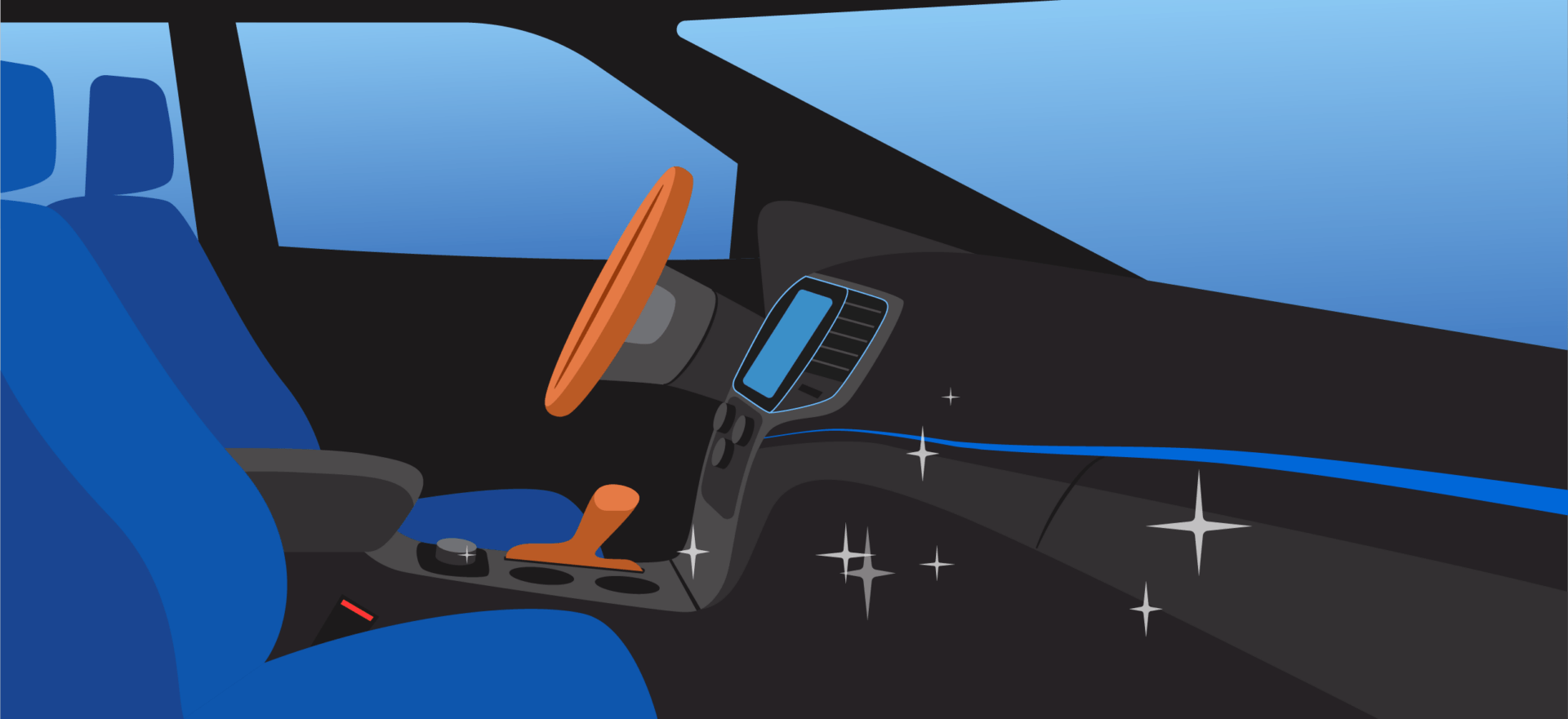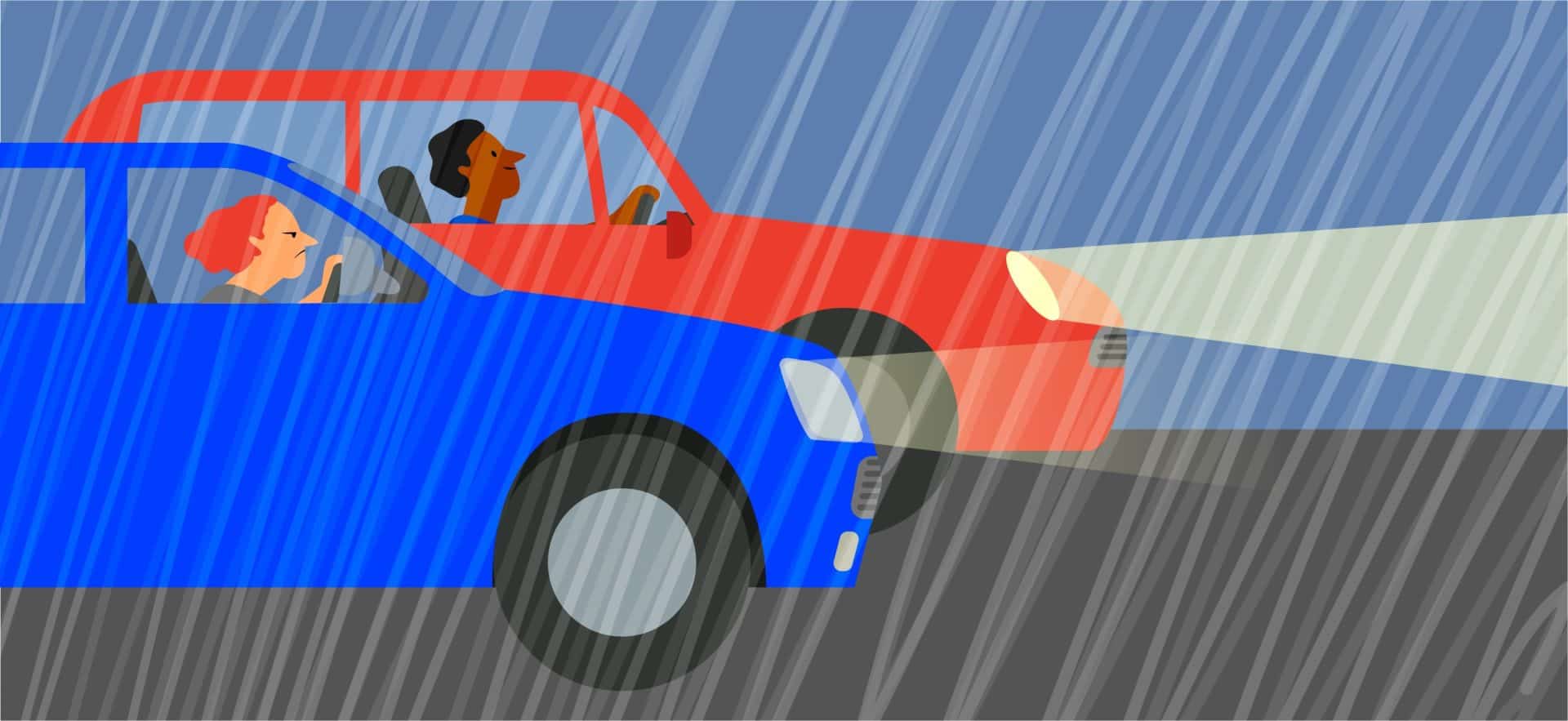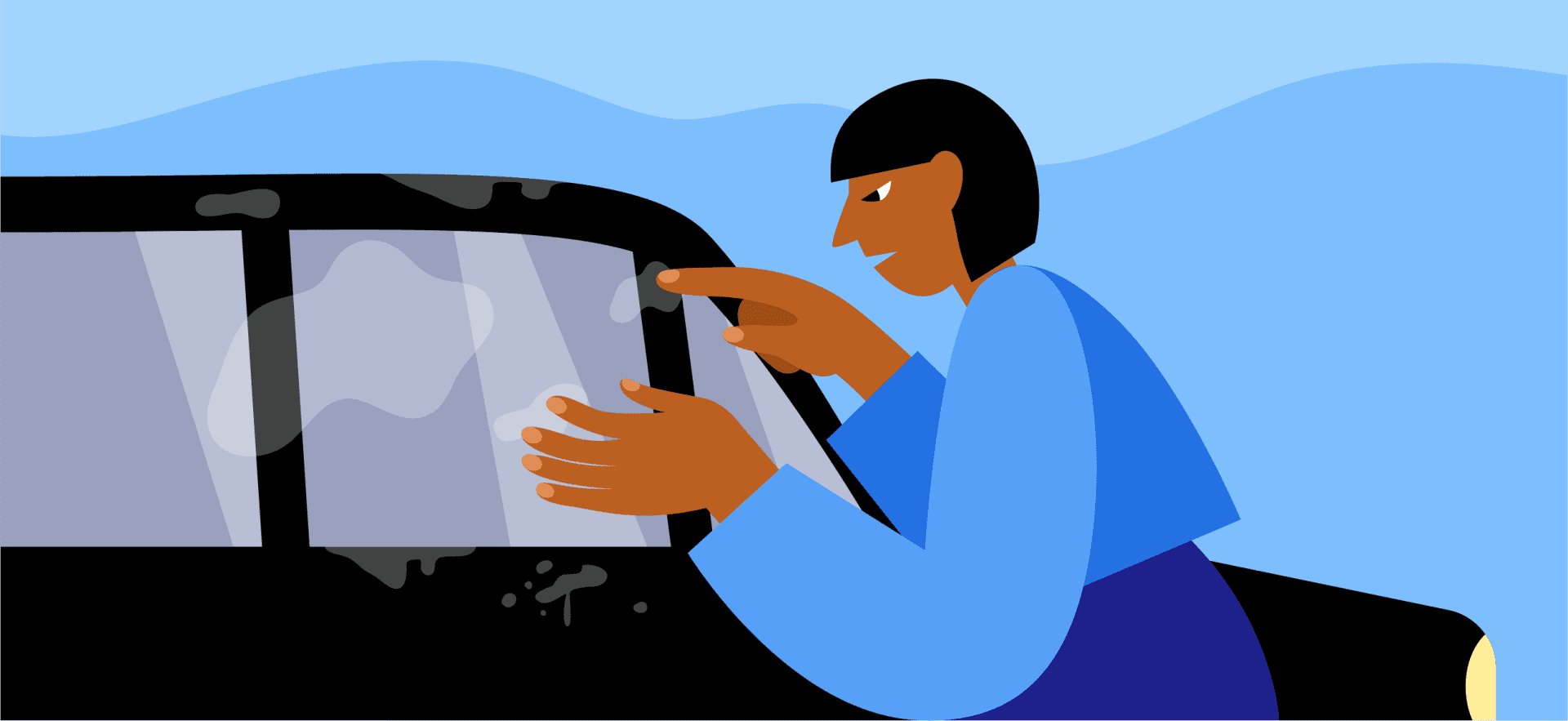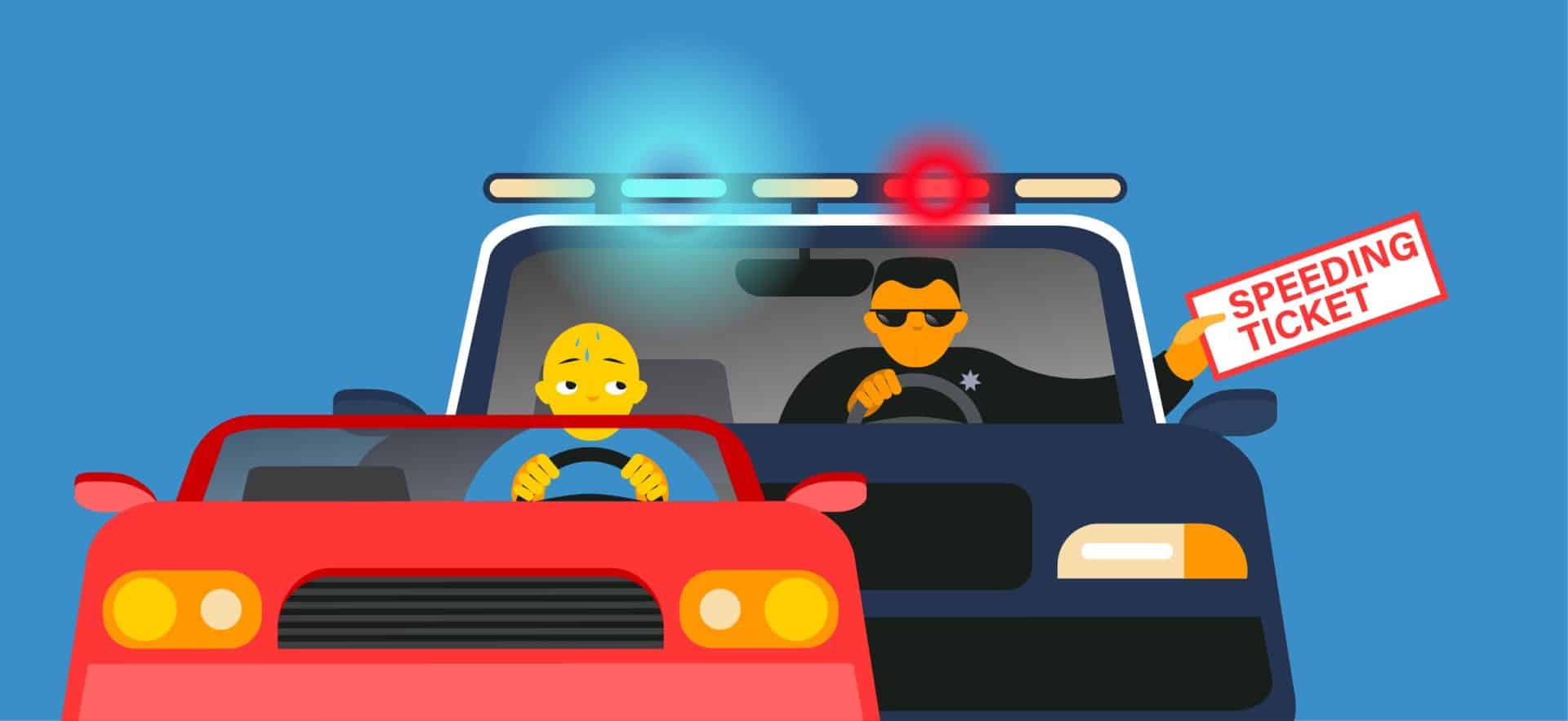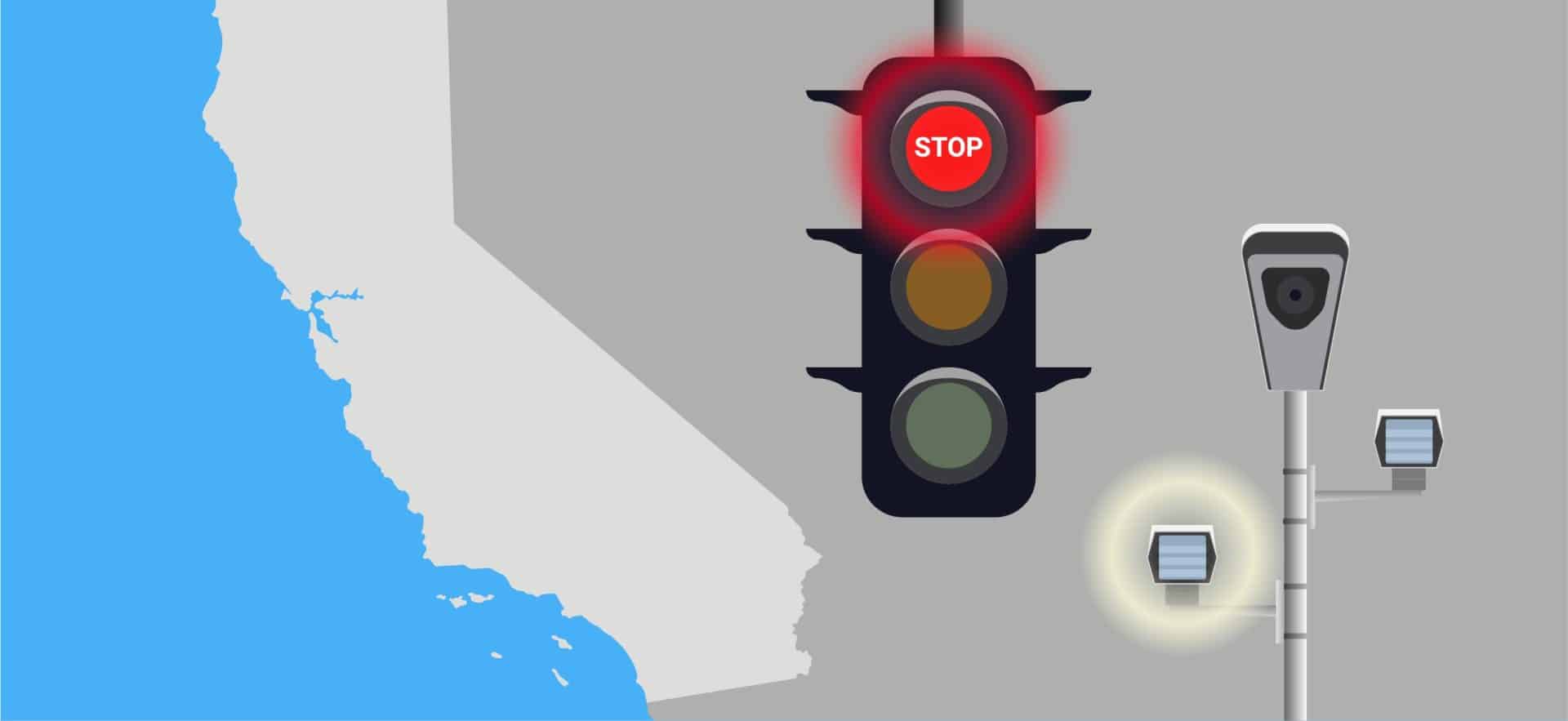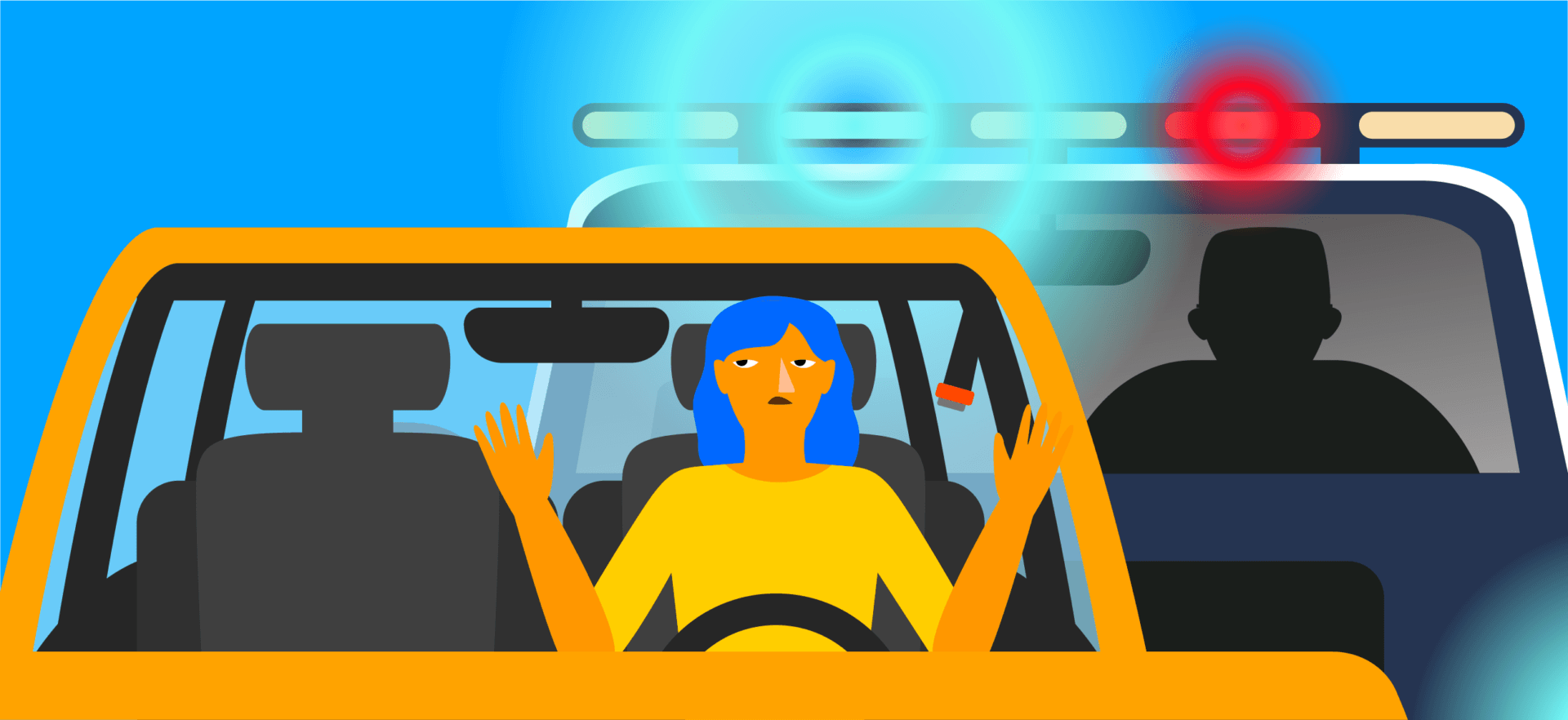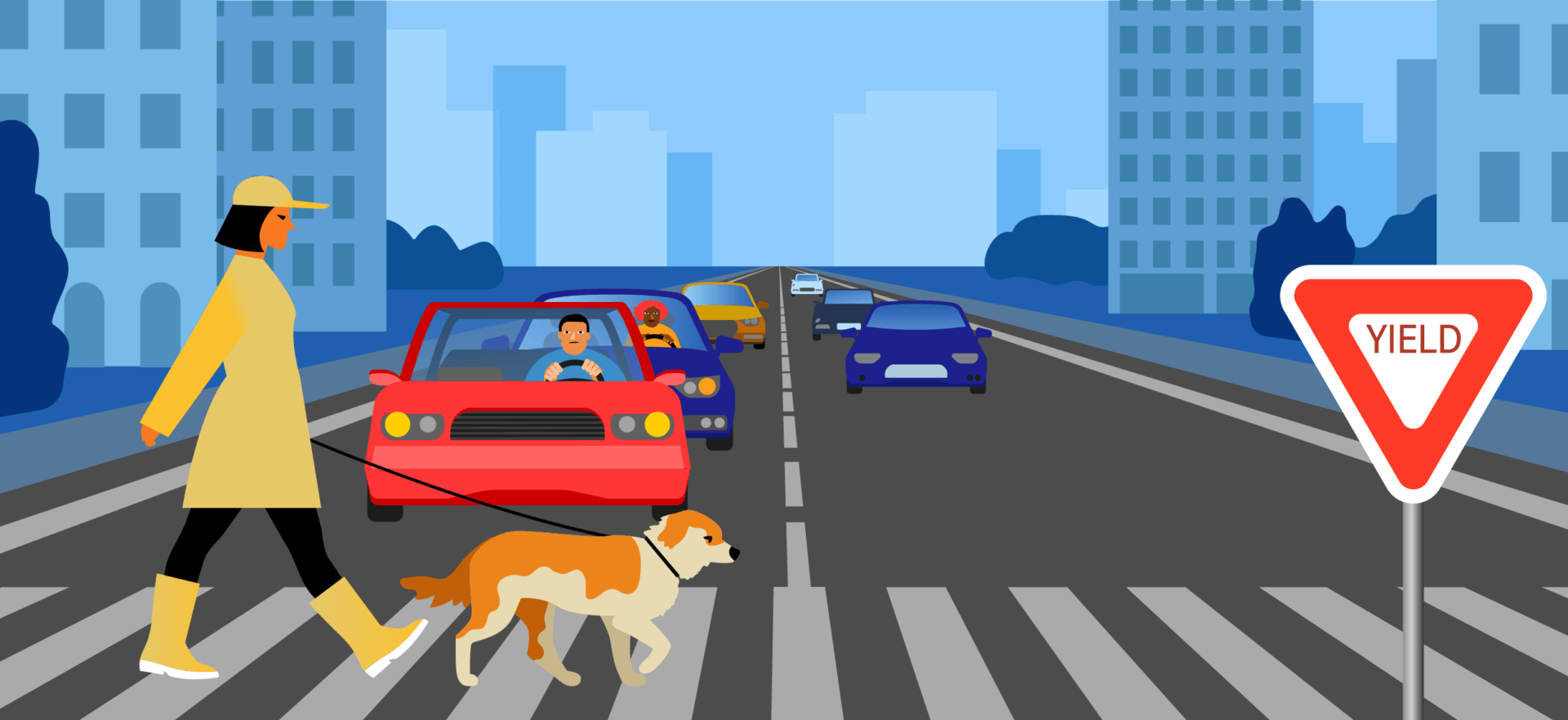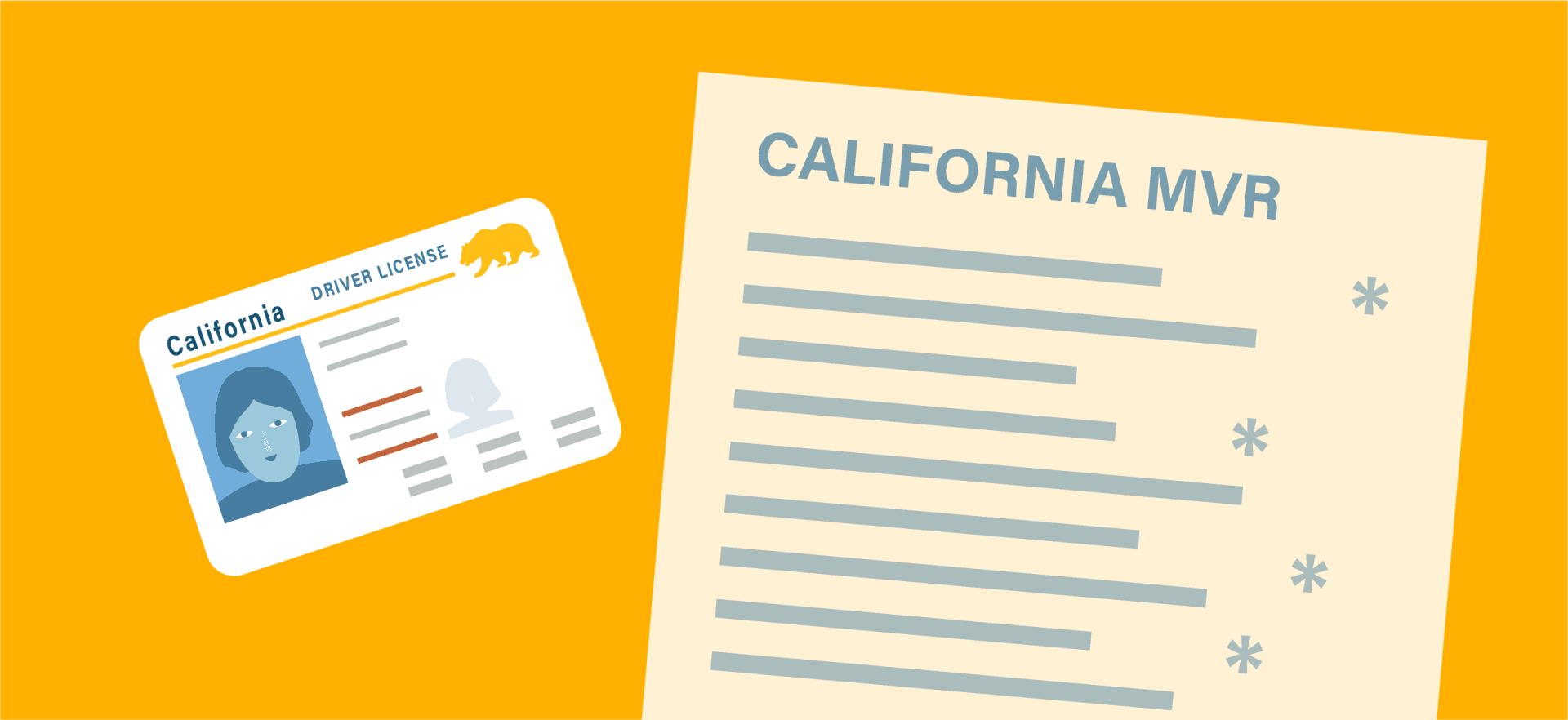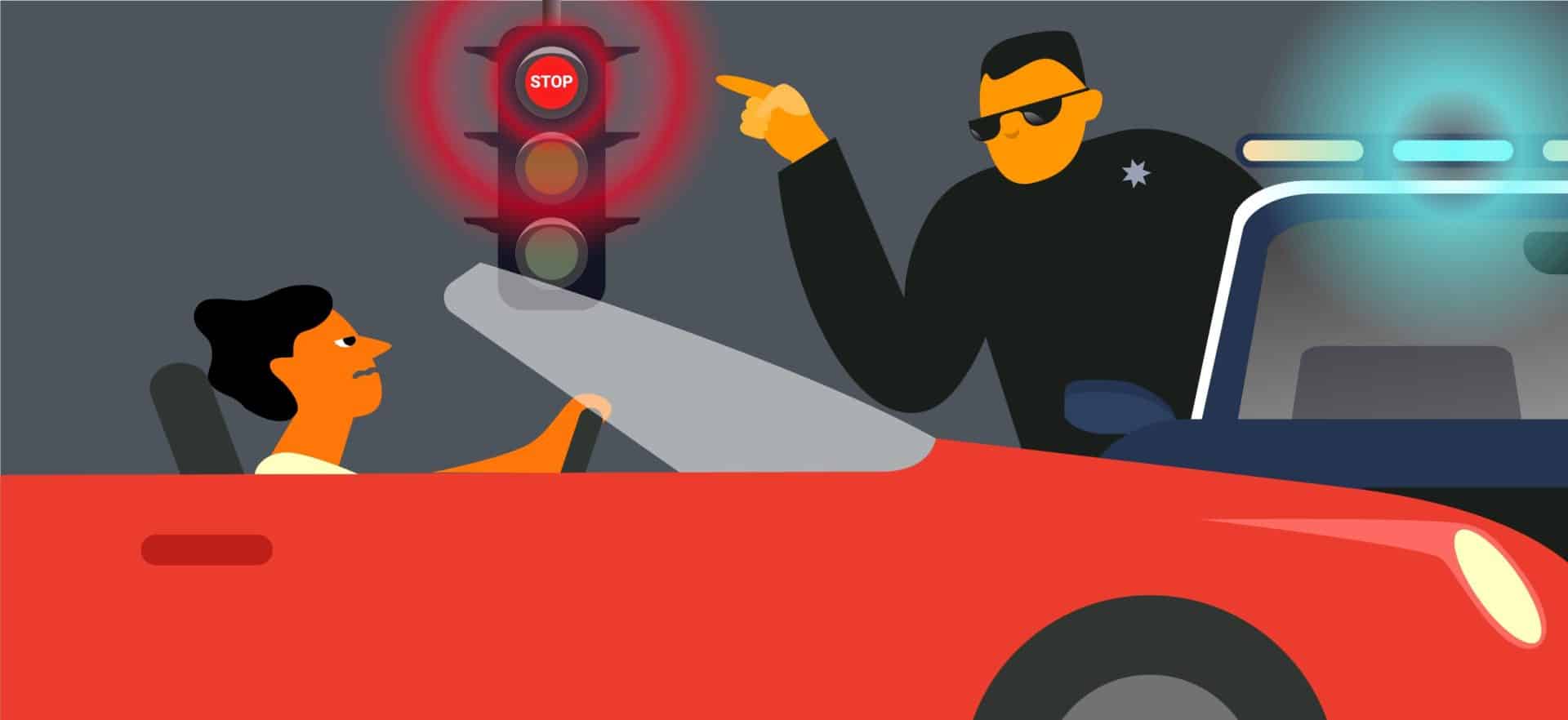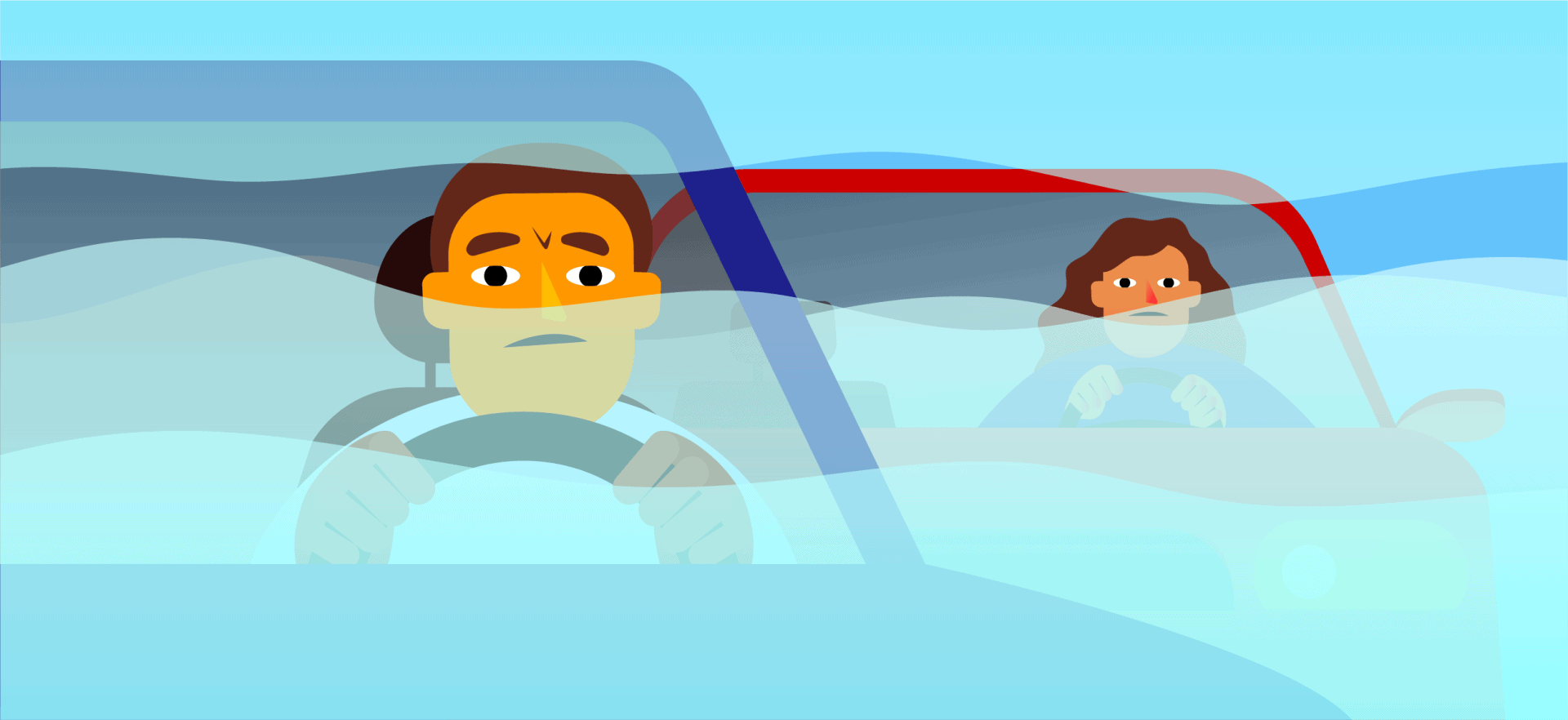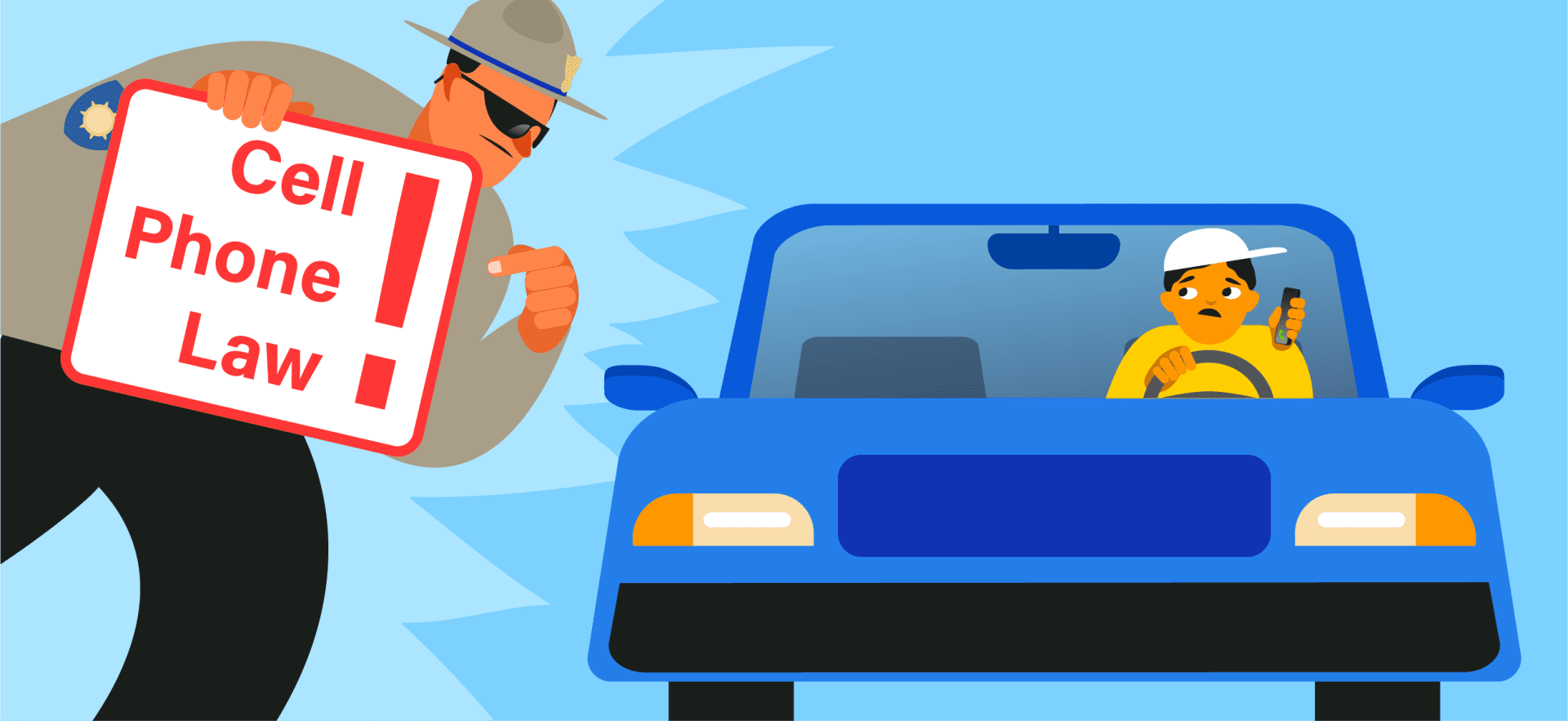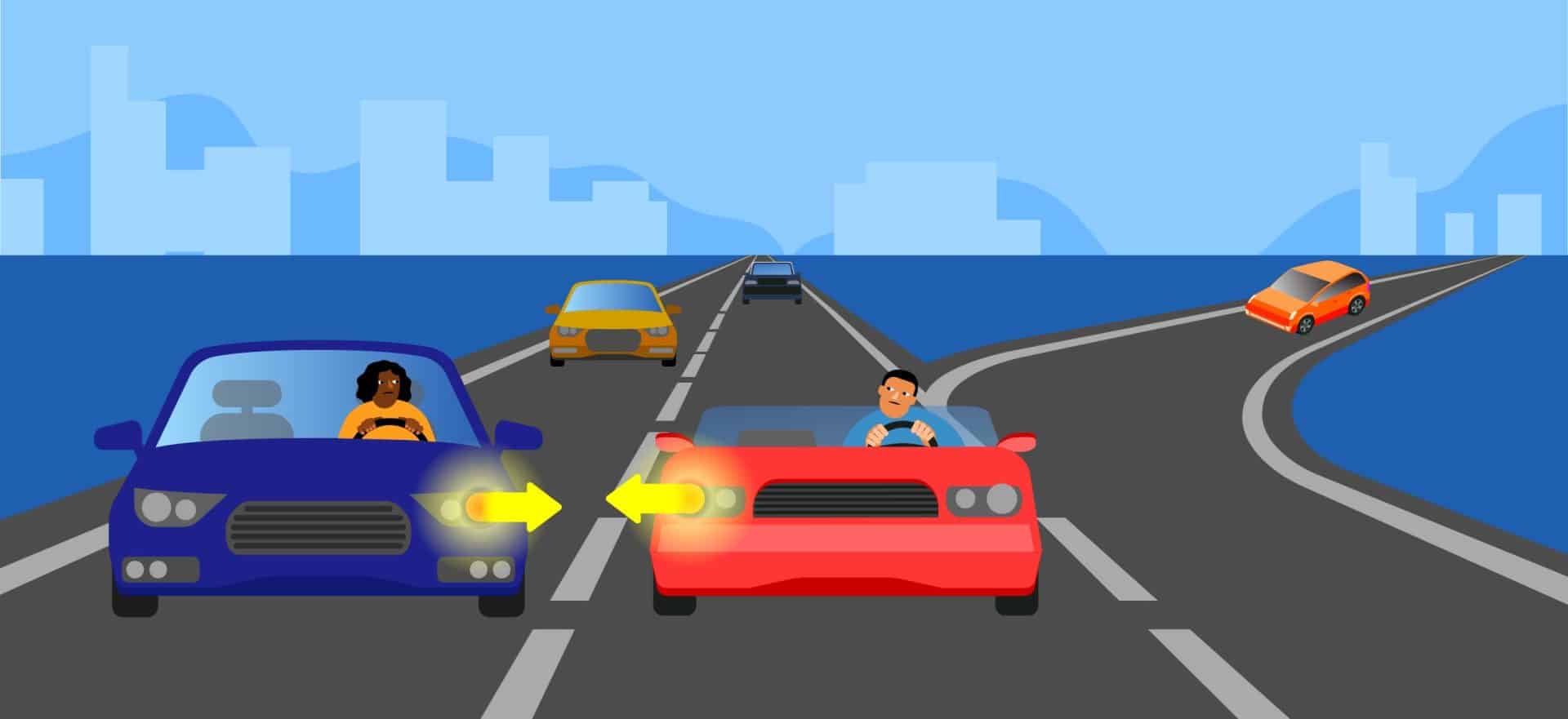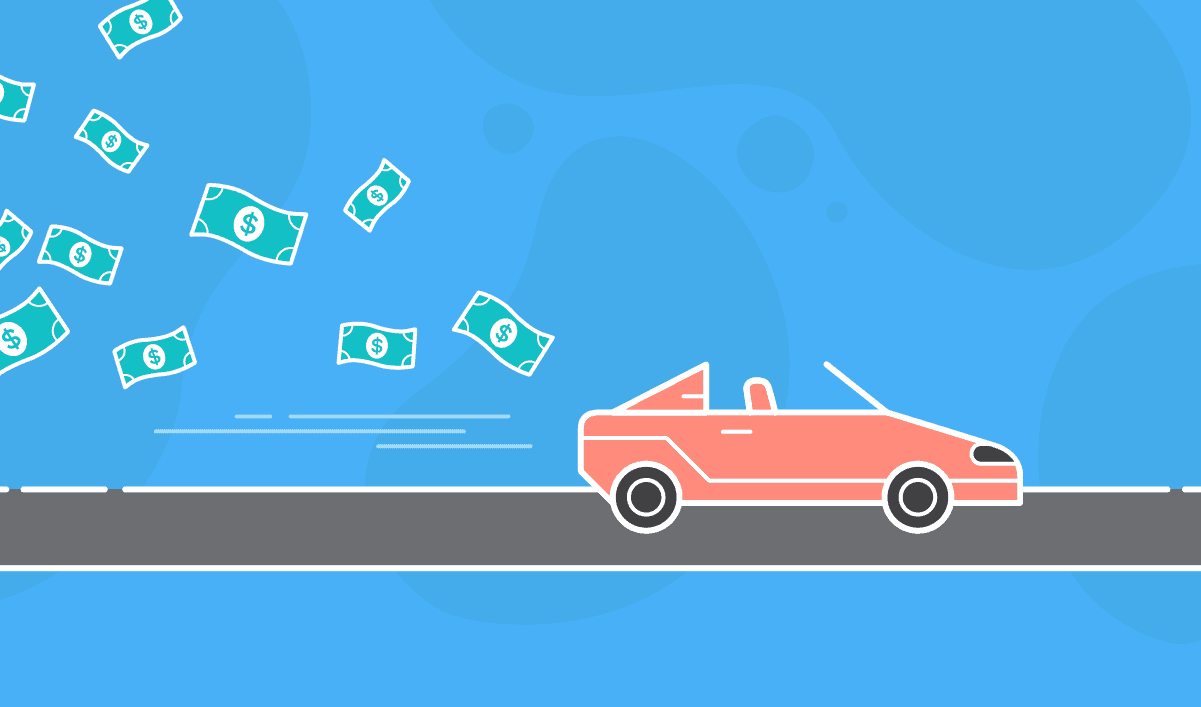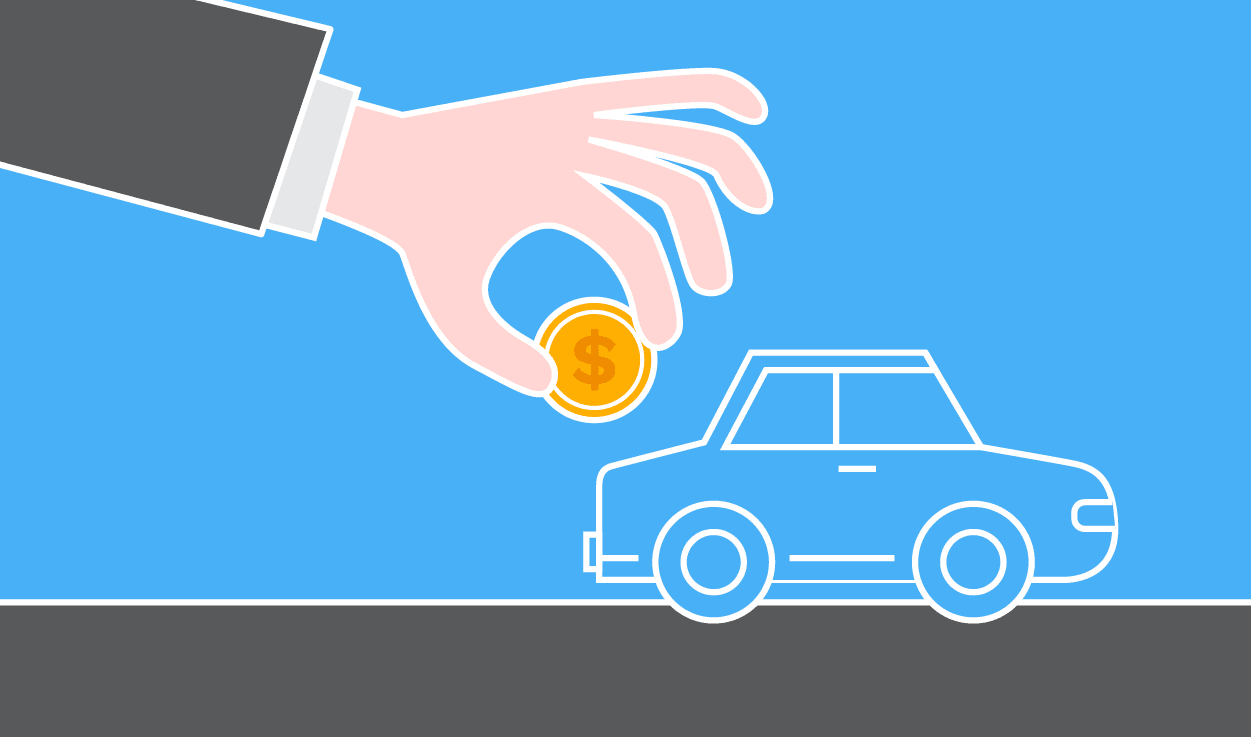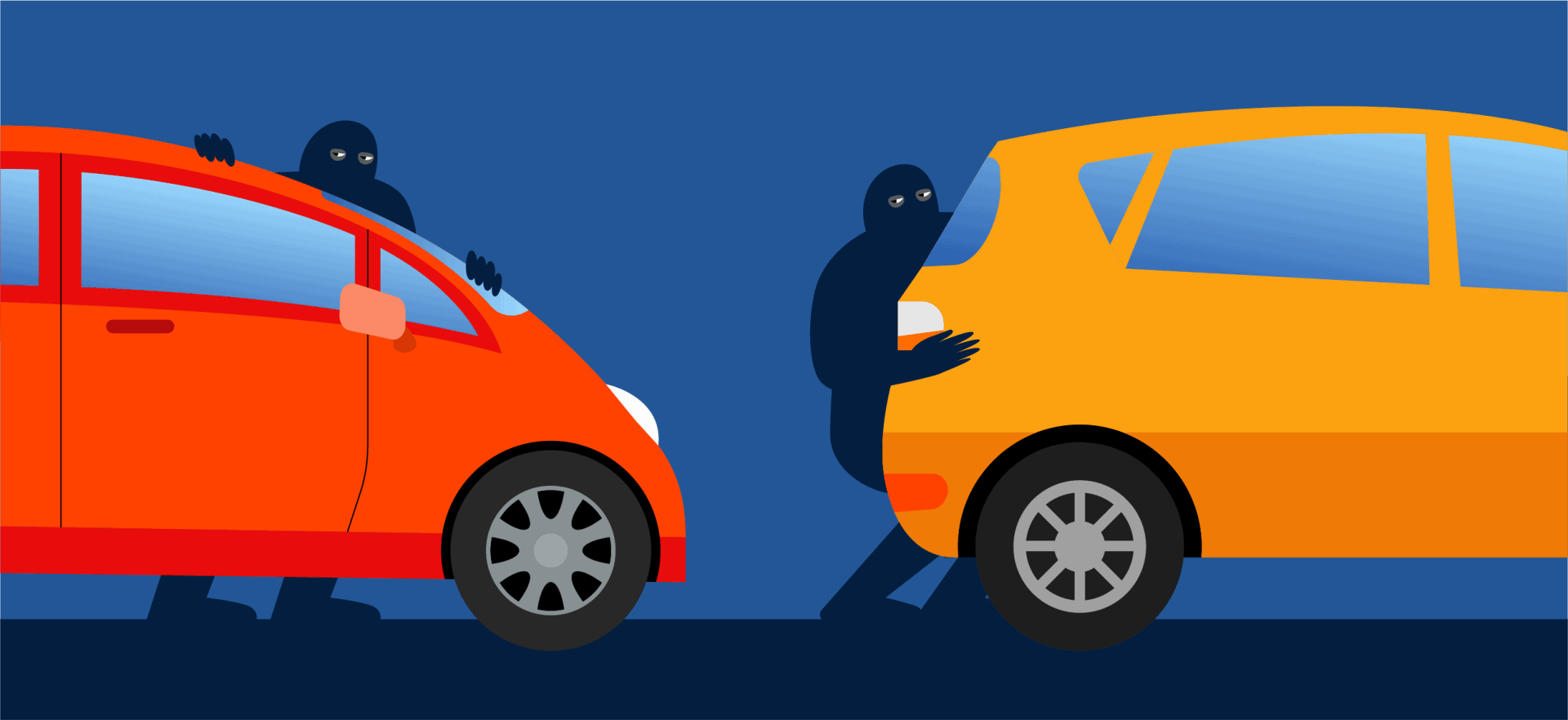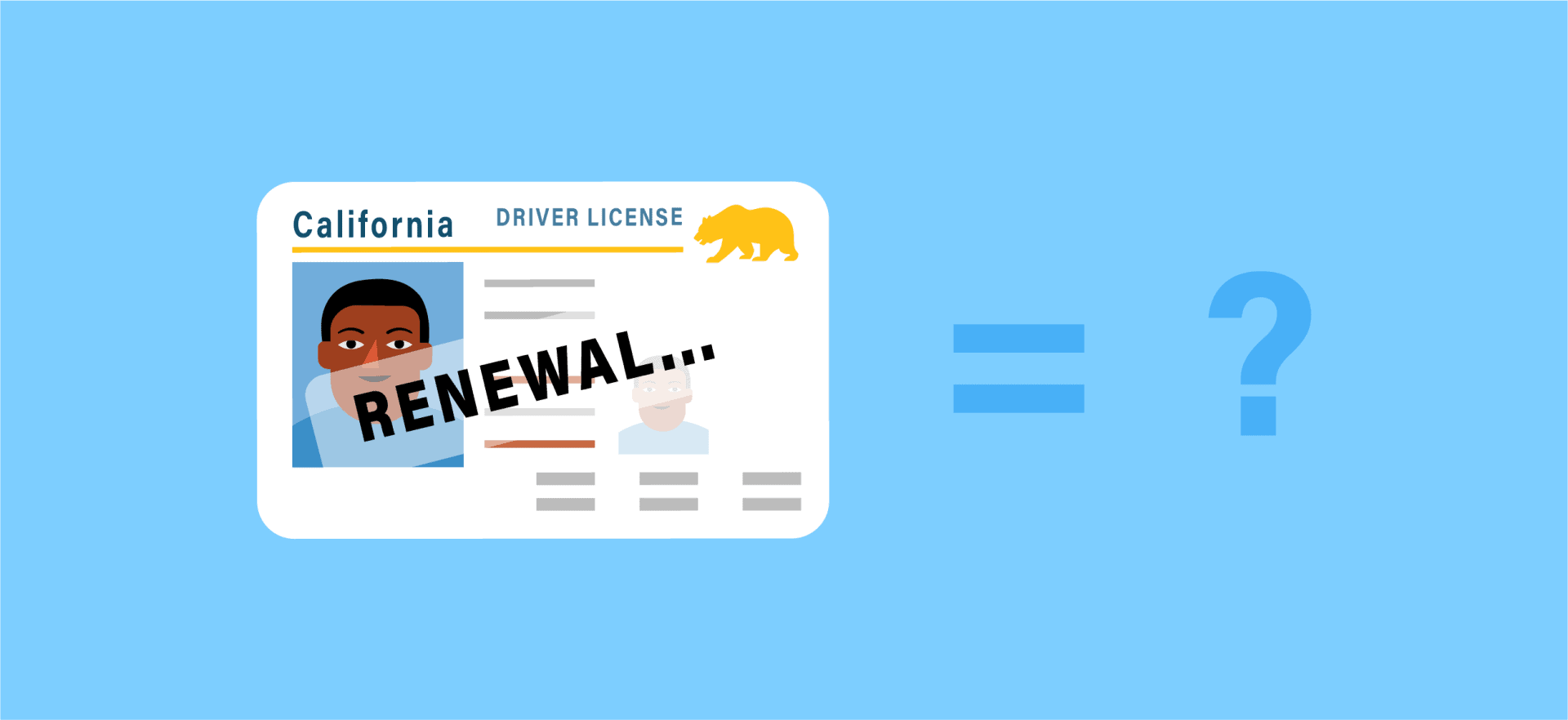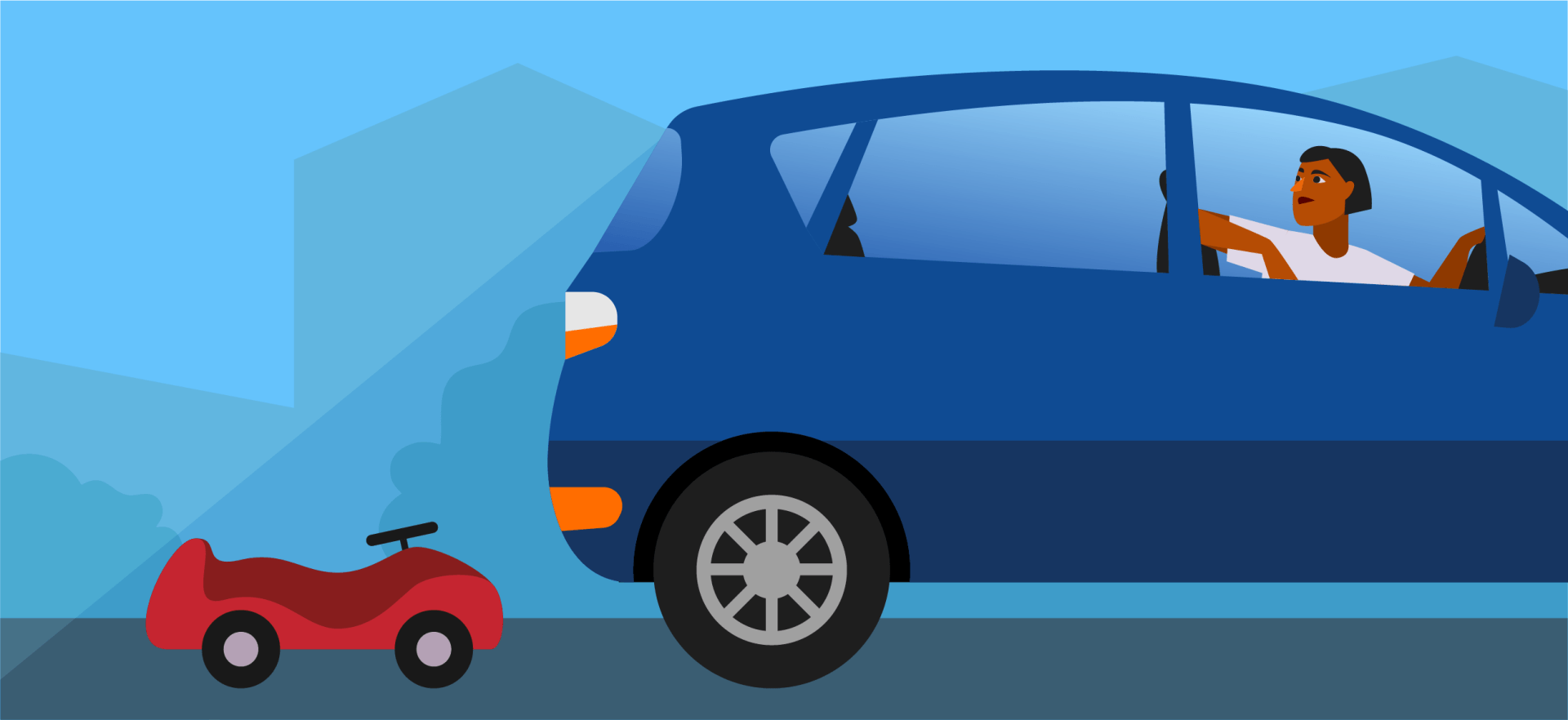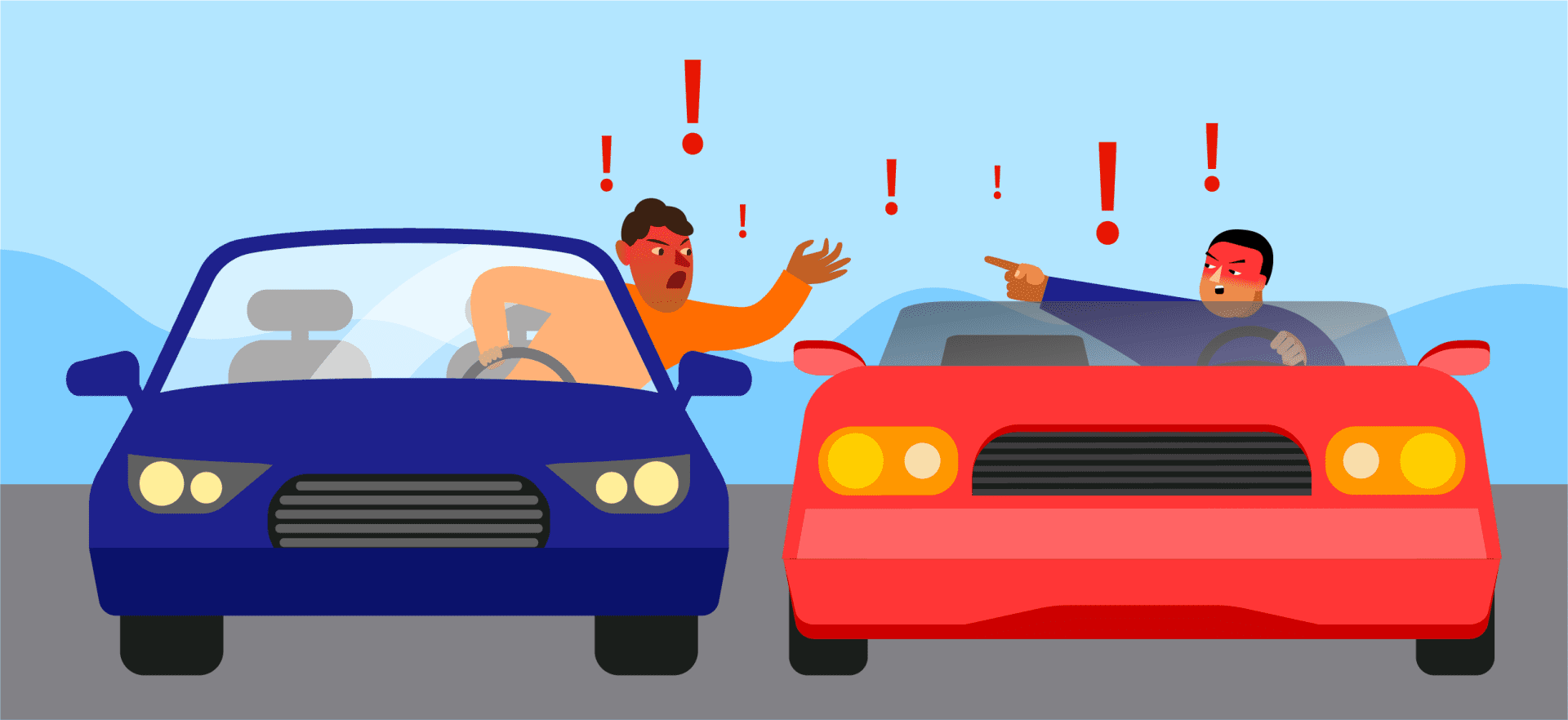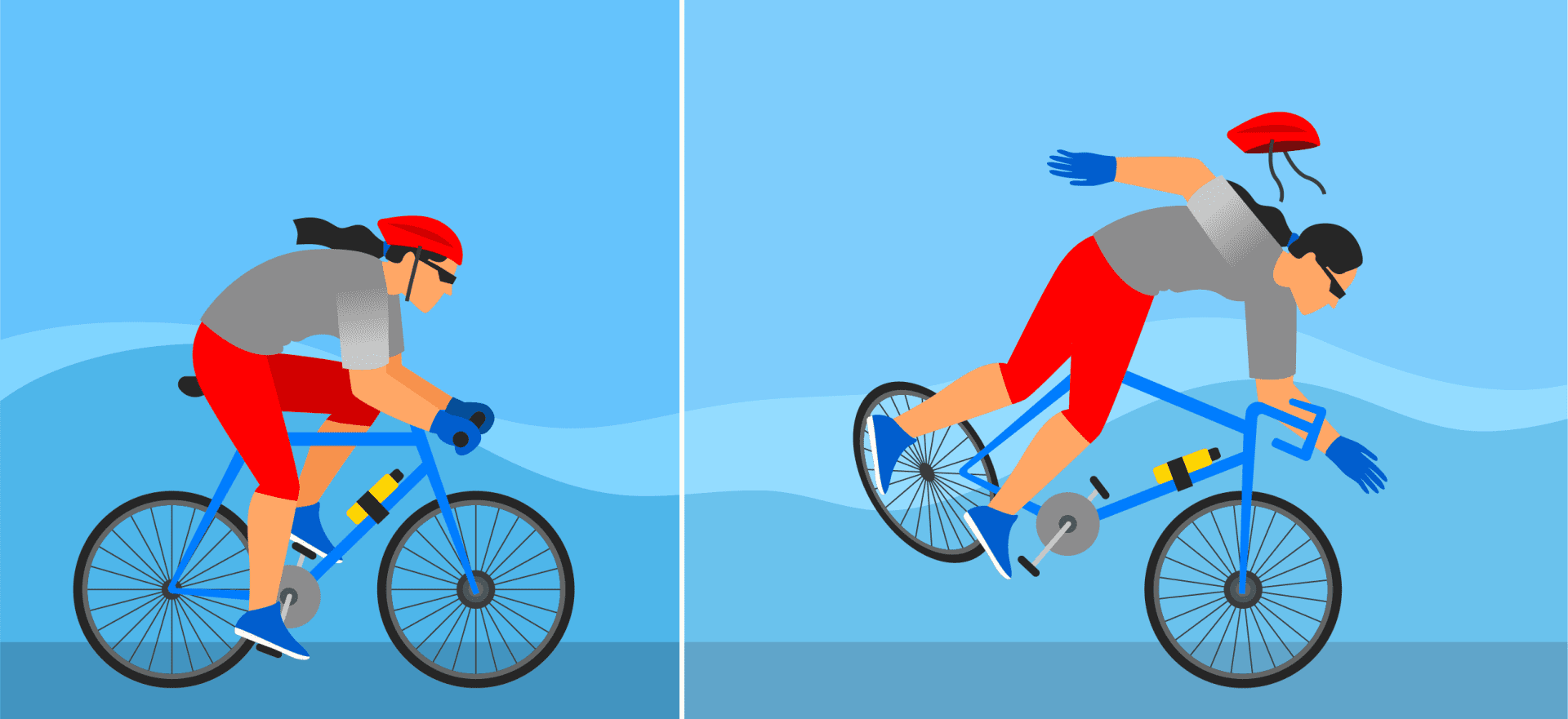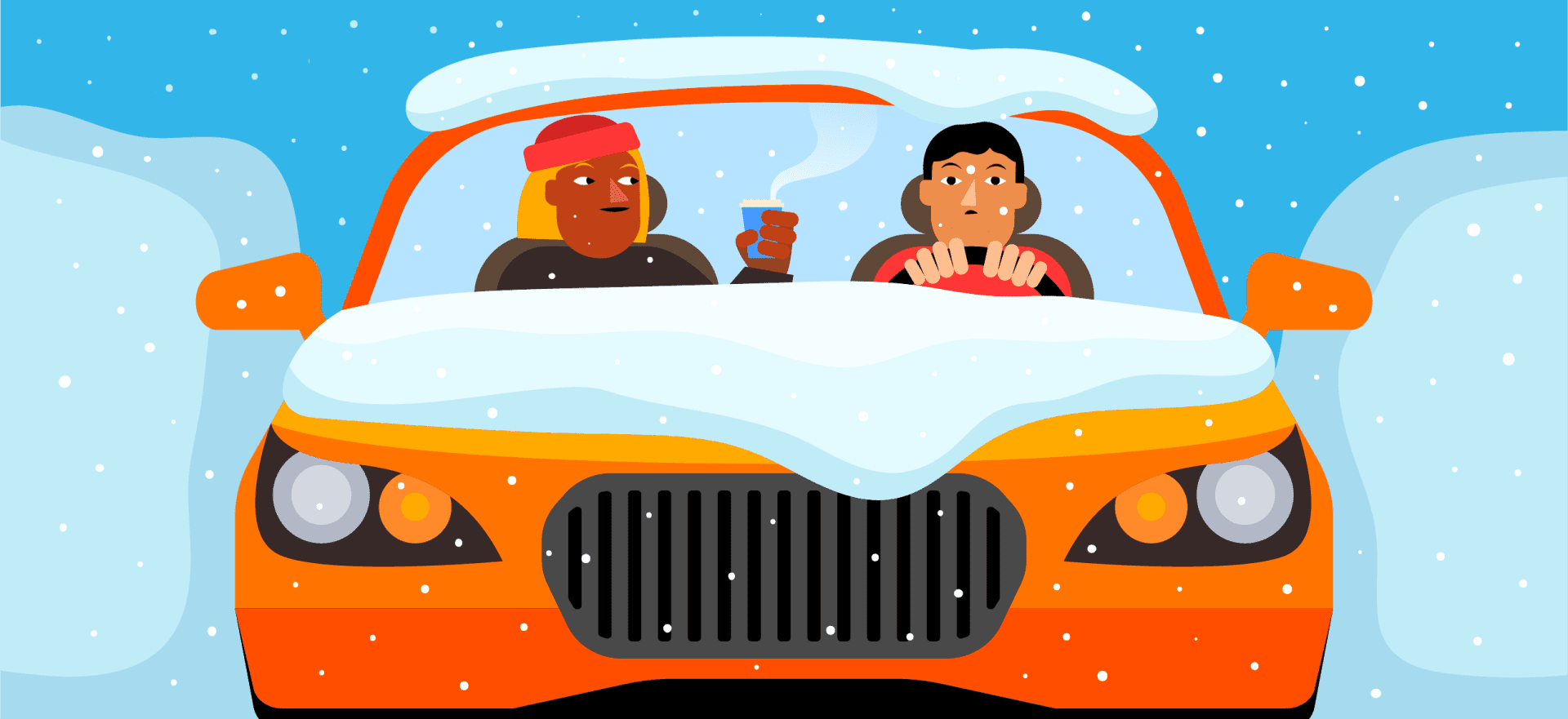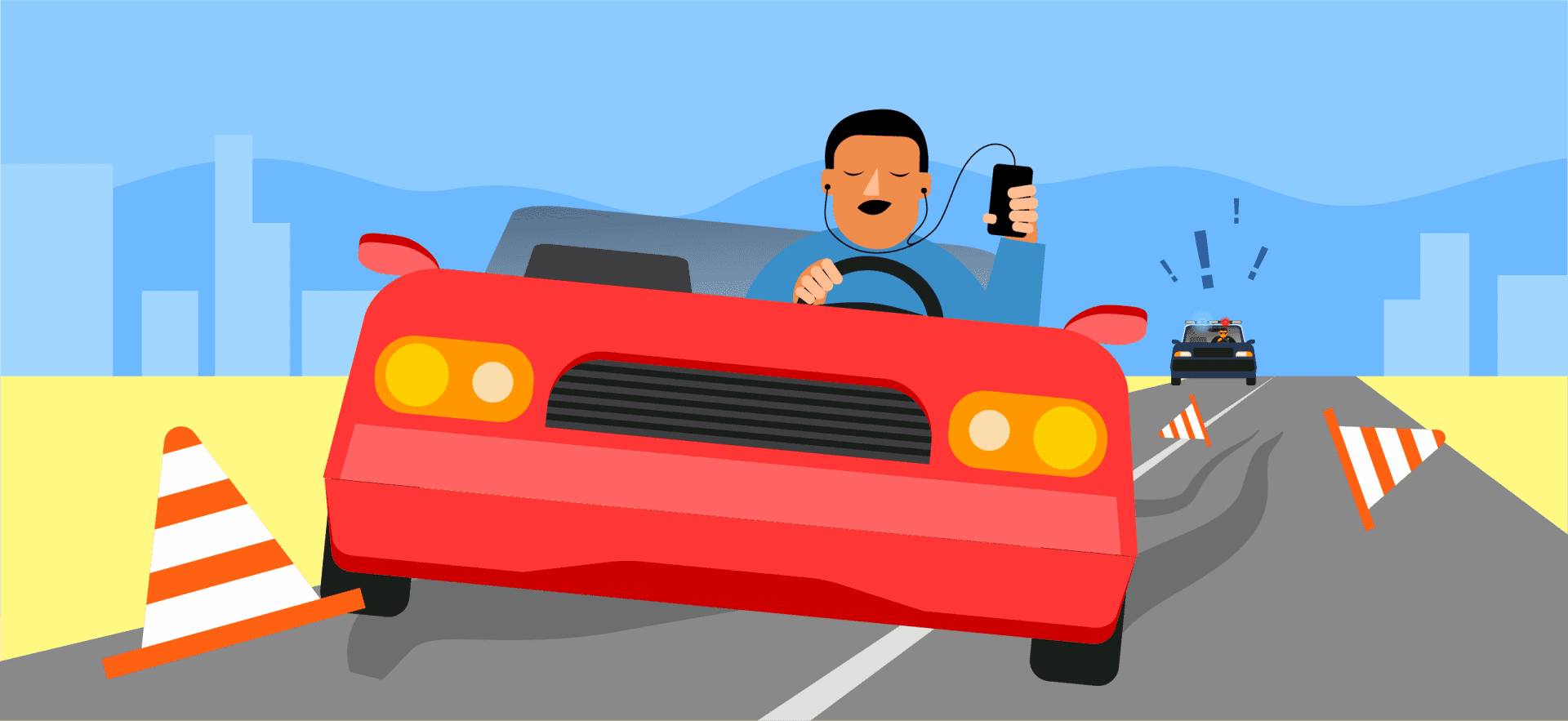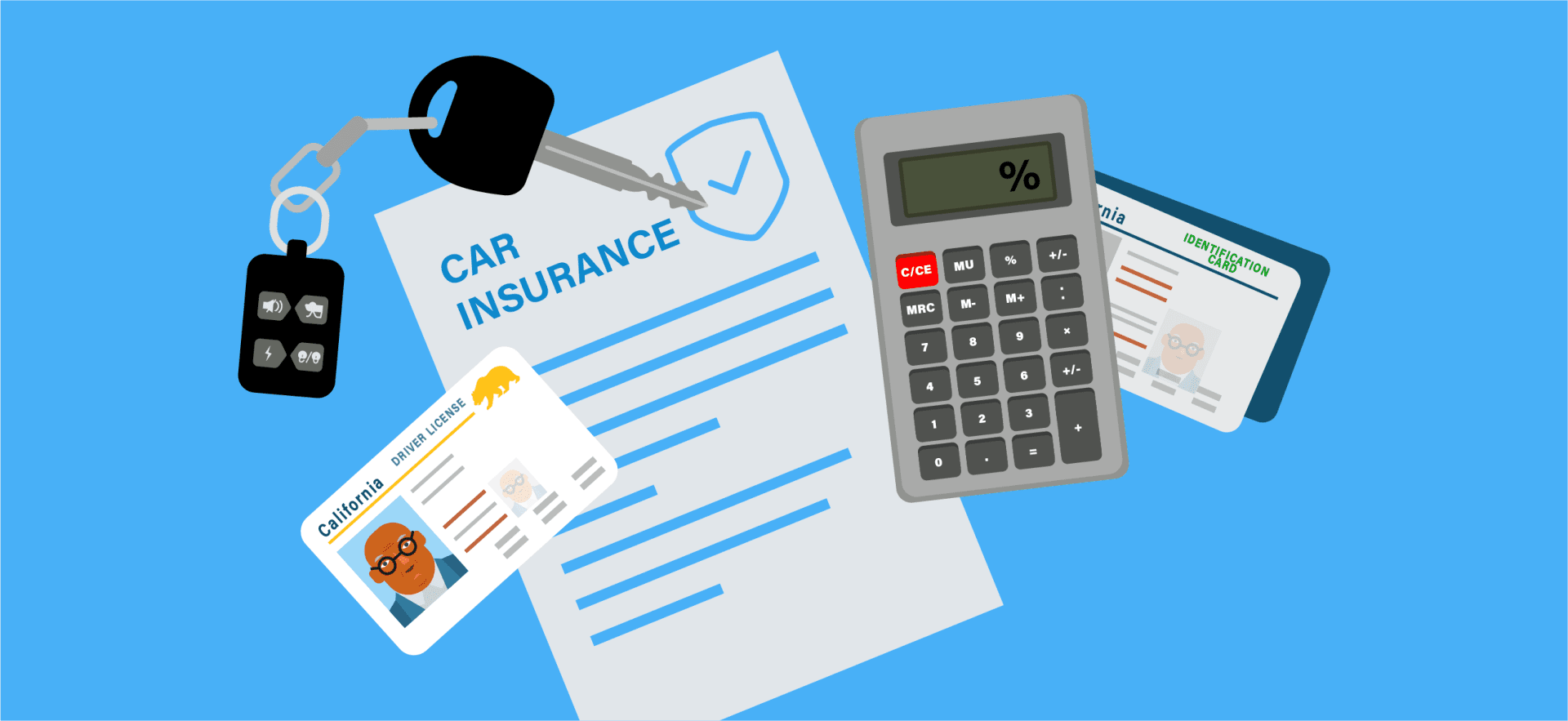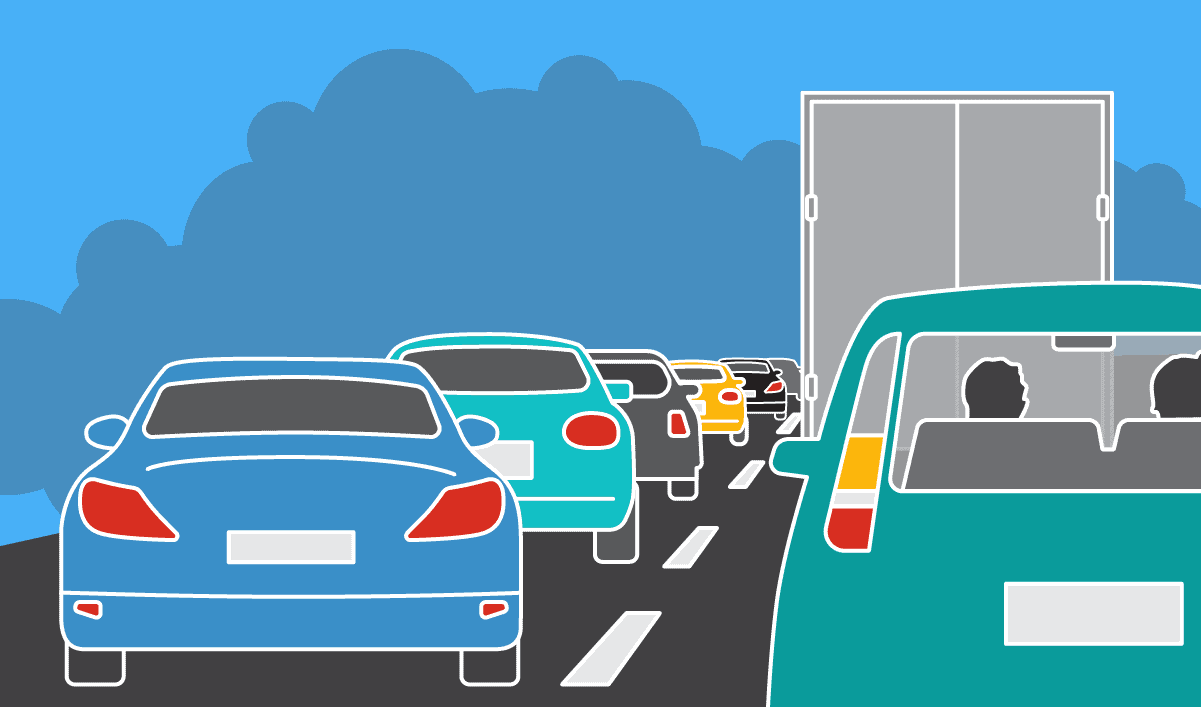The Zebra, an insurance comparison platform, surveyed 998 U.S. drivers in March 2024. Nearly half of respondents admitted to sending or reading text messages while behind the wheel. Yet, 71% were aware that texting and driving can be just as risky as drunk driving. Another 9% said it’s even more dangerous than operating a car under the influence.
Sending or reading a text message takes your attention away from driving for five seconds, per the National Highway Traffic Safety Administration (NHTSA). Sometimes, those few seconds can make the difference between life and death. One moment of inattention, and you could hit another car, a tree, or a pedestrian.
Driving requires your full and undivided attention to keep you and other traffic participants safe. You simply can’t operate a vehicle while using your eyes and hands to do something else, like texting or posting on social media.
Let’s see what the research says about it.
What Is Texting and Driving?

Texting while behind the wheel is one of the most common forms of distracted driving. At its core, it’s the act of typing, sending, or reading text messages on a mobile phone.
By extension, it may also include other activities conducted on smartphones, such as:
- Talking on the phone
- Exchanging messages on WhatsApp
- Setting up Waze or other mobile GPS systems
- Sharing content on social media
- Playing mobile games
- Browsing the web
- Accessing an app
These activities and others, such as eating or drinking, talking to other passengers, or adjusting the stereo while you’re behind the wheel, count as distracted driving.
According to the NHTSA, distracted driving caused 3,308 deaths in 2022 and over 32,000 deaths between 2013 and 2022.
As the officials note, texting is by far the most dangerous distraction. Not only does it require cognitive effort, but it also involves taking your eyes off the road and your hand(s) off the wheel.

Given these aspects, it’s no surprise that most states have strict laws against texting and driving.
Here’s what you should know about it.
Laws Against Texting and Driving
In the U.S., there’s no national ban against texting or using a cell phone while driving. That’s been left up to individual states, and many have passed laws limiting cell phone use while driving in different ways.
According to the non-profit Governors Highway Safety Association (GHSA):
- Nearly every state has passed some form of legislation related to distracted driving, but some states are behind when it comes to including cell phones and other newer technologies in those laws.
- Still, 49 states, the District of Columbia (D.C.), and four U.S. territories have laws that ban texting while driving.
- 34 states, Washington, D.C., and four U.S. territories have laws that ban handheld cell phone use while driving.
- 36 states and Washington, D.C., ban all cell phone use by novice drivers.
- 25 states and Washington, D.C., ban all cell phone use by bus drivers.
No state has completely banned the use of mobile phones while driving.
The 34 states that don’t allow handheld cell phones still permit drivers to use hands-free devices. According to a large-scale study, this technology can prevent thousands of car crash injuries and deaths each year.
California Laws Against Texting and Driving
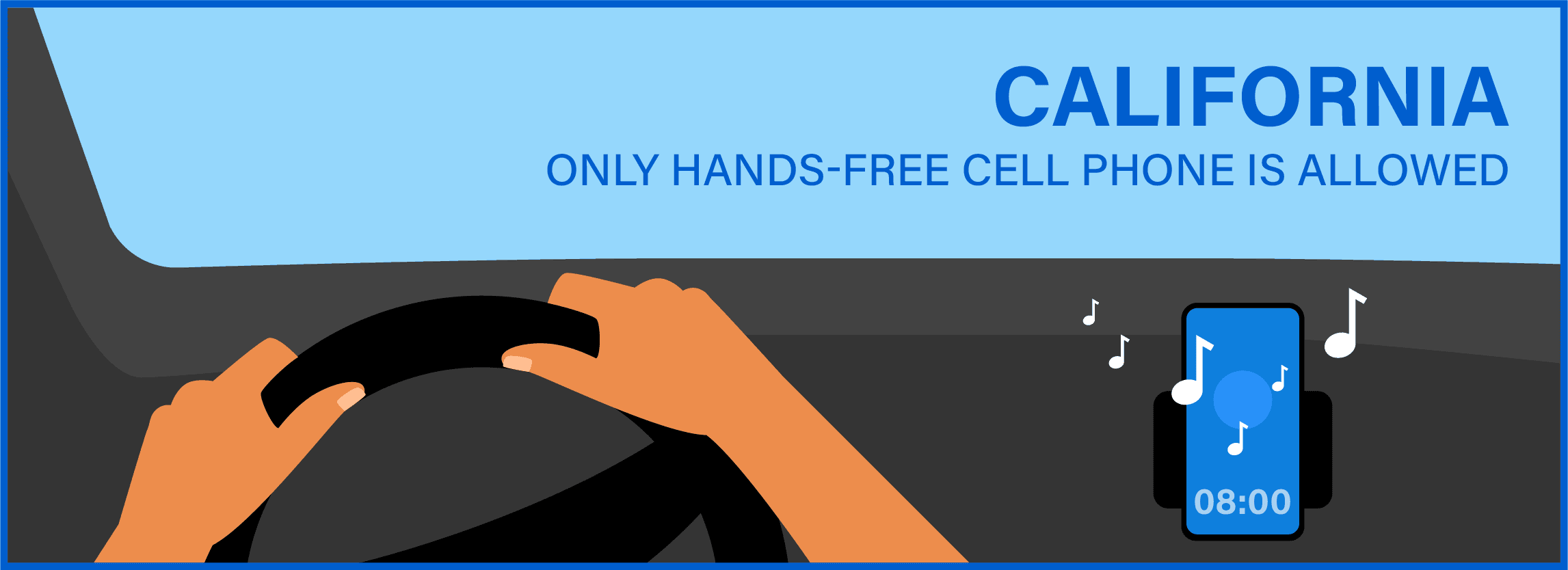
California cell phone laws only allow hands-free devices while driving.
If a police officer sees you behind the wheel with a cell phone in your hand—even for a moment—they’re likely to pull you over and give you a ticket. The only exception is if there’s an emergency happening and you’re calling for help.
These rules apply to anyone driving in the Golden State, whether residents or visitors. And if a driver is under 18, all cell phone use while driving is prohibited, even if it’s hands-free.
Legal Consequences

Aside from an increased risk of accidents resulting in injury or death, texting and driving can lead to hefty fines. Plus, you may end up with points on your license.
Fines can start as low as $20, but the average is $500 or more for a texting and driving ticket. Some states have gone even further, classifying it as a serious offense.
For example, in Alaska, texting and driving is a misdemeanor that can lead to one year of jail time and a fine of up to $10,000.
If you injure someone while texting and driving, the offense will be classified as a felony. Punishment consists of a $50,000 to $10,000 fine and five to 10 years in prison, depending on the severity of the injury. If your behavior results in a fatal crash, you’ll receive up to 20 years of jail time and a maximum fine of $250,000.
The base fine for texting while driving on California’s roads is $20 for a first offense but can exceed $162 after adding penalty assessments. If you get caught again, you’ll pay a $50 base fee plus penalty assessments of at least $235. Second offenses that occur within 36 months of the first offense will result in one penalty point.
Insurance companies can see these points and raise your premiums. But you may have another option.
California law allows you to “mask” up to one point on your license by attending a licensed DMV traffic school. This doesn’t remove the ticket from your driving record, but it hides it from insurance companies so they won’t increase your rates.
Best Online Traffic School is fully licensed by the California DMV and available anywhere in the state. Our fully online program can be completed on any internet-connected device at your own pace. Start traffic school for free today.
What Makes Texting and Driving So Dangerous?
Cell phone use while driving increases the risk of a collision by 400%. On a similar note, drivers who send or read text messages while on the road are 23 times more likely to have an accident.
About 94% of crashes are the drivers’ fault, according to a 2015 NHTSA study. In 41% of cases, the culprit is recognition error, which occurs when a distracted driver fails to react on time. Therefore, distractions cause more crashes than drunk or aggressive driving.
When you’re texting and driving, your attention is divided. Since most people have finite attention, you can’t fully focus on the road while doing something else. Multitasking can slow down your reaction time, making it difficult to react quickly enough to avoid a collision.
Additionally, regaining your focus after the distraction takes at least 30 seconds. So, your mind will keep wandering for quite some time after you put the phone down. This is called the “hangover effect,” and it can happen even if you only text while sitting at a stop sign or red light.
Need one more reason to kick the habit? According to one study, texting while driving affects brake reaction time, speed control, and the ability to keep a safe following distance to a greater extent than drunk driving.
Texting and Driving Statistics You Should Know
According to 2022 NHTSA data, cell phone use was a factor in:
- 12% of all fatal distracted driving accidents
- 9% of all injury crashes that involved a distracted driver
- 10% of all police-reported distracted driving crashes
- 10% of all distracted driving crashes
The NHTSA also found that, in 2022, 3.1% of drivers were visibly manipulating their phones while behind the wheel. This percentage was lower than in 2021 (3.4%) but still high enough to cause 368 deaths.
According to the same source, women are more likely to use their cell phones while driving. This habit is most common among drivers aged 16 to 24 and those traveling without passengers.
In the 2024 survey conducted by The Zebra, 55% of Gen Zers and Millennials admitted to texting while driving. By comparison, only 43% of Gen Xers and 33% of Baby Boomers said they use their phones to send or read messages while driving.
These results are in line with the NHTSA’s findings, confirming that texting and driving is more common among younger people. That’s one more reason to prioritize teen driver safety and tell your child about the risks involved.
The truth is that most drivers acknowledge these risks, but they still use their phones while on the road. In a 2023 survey conducted on 2,000 adults, 27% said they find texting while driving acceptable. More than 20% admitted to doing it themselves.
Texting and Driving Deaths
In 2022, distracted driving resulted in 3,308 deaths and 289,310 injuries, per the latest NHTSA data. And, as mentioned earlier, 368 people lost their lives in car accidents related to cell phone use. That’s more than one death per day.
Thankfully, though, the number of people killed each year in texting and driving crashes has been declining. This is likely due to the prevalence of state laws that put restrictions on cell phone use while behind the wheel.
| YEAR | NUMBER OF PEOPLE KILLED IN CRASHES INVOLVING TEXTING AND DRIVING |
| 2022 | 368 |
| 2021 | 390 |
| 2020 | 355 |
| 2019 | 395 |
| 2018 | 356 |
| *National Highway Traffic Safety Administration, 2022 data | |
Drivers are not the only ones at risk for texting and driving accidents. The NHTSA reports that in 2022, distracted driving resulted in 681 passenger deaths, 498 pedestrian deaths, and 87 bicyclist deaths nationwide.
Texting and Driving in Different Age Groups
Young people are more likely to engage in reckless behaviors while driving because they either minimize or don’t acknowledge the risks involved.
Per the National Safety Council (NSC), handheld cellphone use while driving is most common among people aged 16 to 24.
- In 2022, 2.4% of drivers observed using a handheld phone were 16 to 24 years old.
- That same year, only 2.1% of drivers aged 25 to 69 and 1.2% of those aged 70 or older were observed using a handheld phone while behind the wheel.
- 6.5% of drivers who were visibly manipulating handheld phones while on the road in 2022 belonged to the 16-24 age group.
- By comparison, 3% of drivers ages 25 to 69 and a mere 0.4% of those aged 70 or older were spotted manipulating handheld phones while driving.
| AGE GROUP | DRIVER HANDHELD CELL PHONE USE | DRIVER VISIBLY MANIPULATING HANDHELD DEVICES |
| 16-24 | 2.4% | 6.5% |
| 25-69 | 2.1% | 3% |
| 70+ | 1.2% | 0.8% |
| National Safety Council, 2022 | ||
How to Prevent Texting and Driving
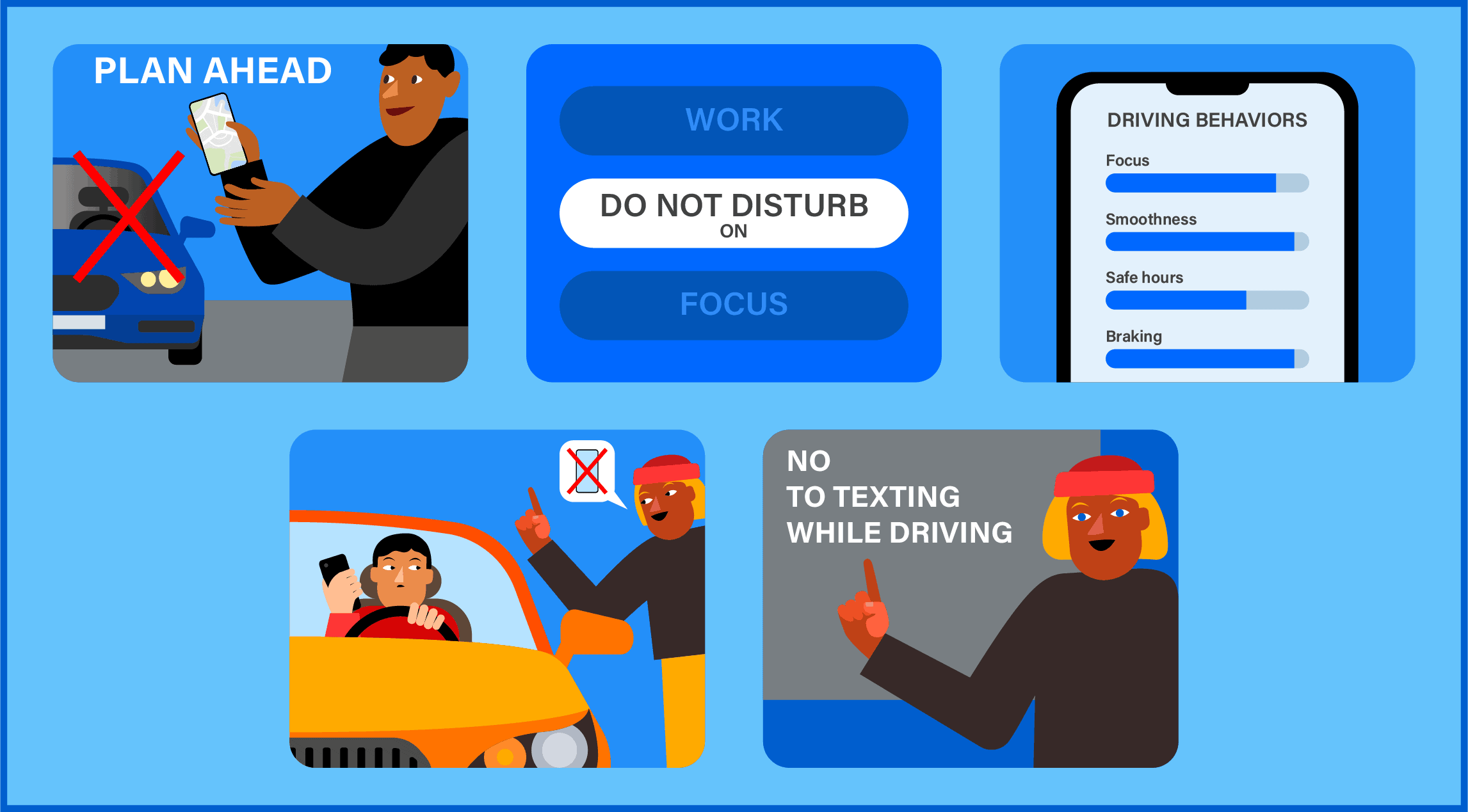
Texting while driving may seem unavoidable at times, but you can always pull over to use your phone. Unless you have an emergency that requires texting or calling, it’s not worth risking your life.
That said, here are some strategies to kick the habit of texting and driving.
1. Get Ready Before You Get Behind the Wheel
Before you start driving, do everything that requires using your cell phone.
Answer texts, make calls, choose your music, and set up your GPS. Then, put your phone on driving mode or “Do not disturb” mode and place it out of sight for the duration of your trip.
2. Use Technology to Your Advantage
Many phones come pre-programmed with “Do not disturb” mode. Turning on this feature will limit notifications so you can focus on driving, studying, or other tasks that require your full attention. Some smartphones also have driving modes and even detect when you’re in a moving vehicle—and turn on this feature automatically.
Additionally, a growing number of insurance companies are using mobile apps to track and monitor customers’ driving behaviors.
These are programs you can opt into so the insurance provider can gain insight into how you drive, typically in exchange for a discount on your premiums. Having this extra layer of accountability can help you avoid distracted driving.
Another option is to install mobile apps that block text messages, notifications, or incoming calls for a pre-set period. Don’t worry—you can still see who messaged or called you as soon as you turn off this feature. Some examples include AT&T DriveMode, OnMyWay, and Safe2Save.
Alternatively, get a virtual assistant like Amazon Echo Auto or Anker ROAV Bolt so you can control your smartphone through voice commands.
3. Educate the New Drivers in Your Life
Since newer drivers, especially teens, are more likely to text while behind the wheel, remind them about the dangers of distracted driving.
This is particularly important if you’re a parent, teacher, or someone else who spends a lot of time with young drivers. Encourage them to speak up if they see a friend engaging in dangerous driving behaviors, and position yourself as a responsible adult that they can come to with any questions or concerns about driving.
4. Voice Your Concerns
Have conversations with your family and friends about how distracted driving can kill. Voice your concerns if you ever find yourself in a car with someone who’s texting and driving.
5. Set a Good Example
You can’t expect your spouse, children, or friends to refrain from texting and driving if you have this habit yourself.
Be a role model and lead by example. Show others that leaving the phone aside while behind the wheel isn’t that difficult and can make driving safer—and more enjoyable.


